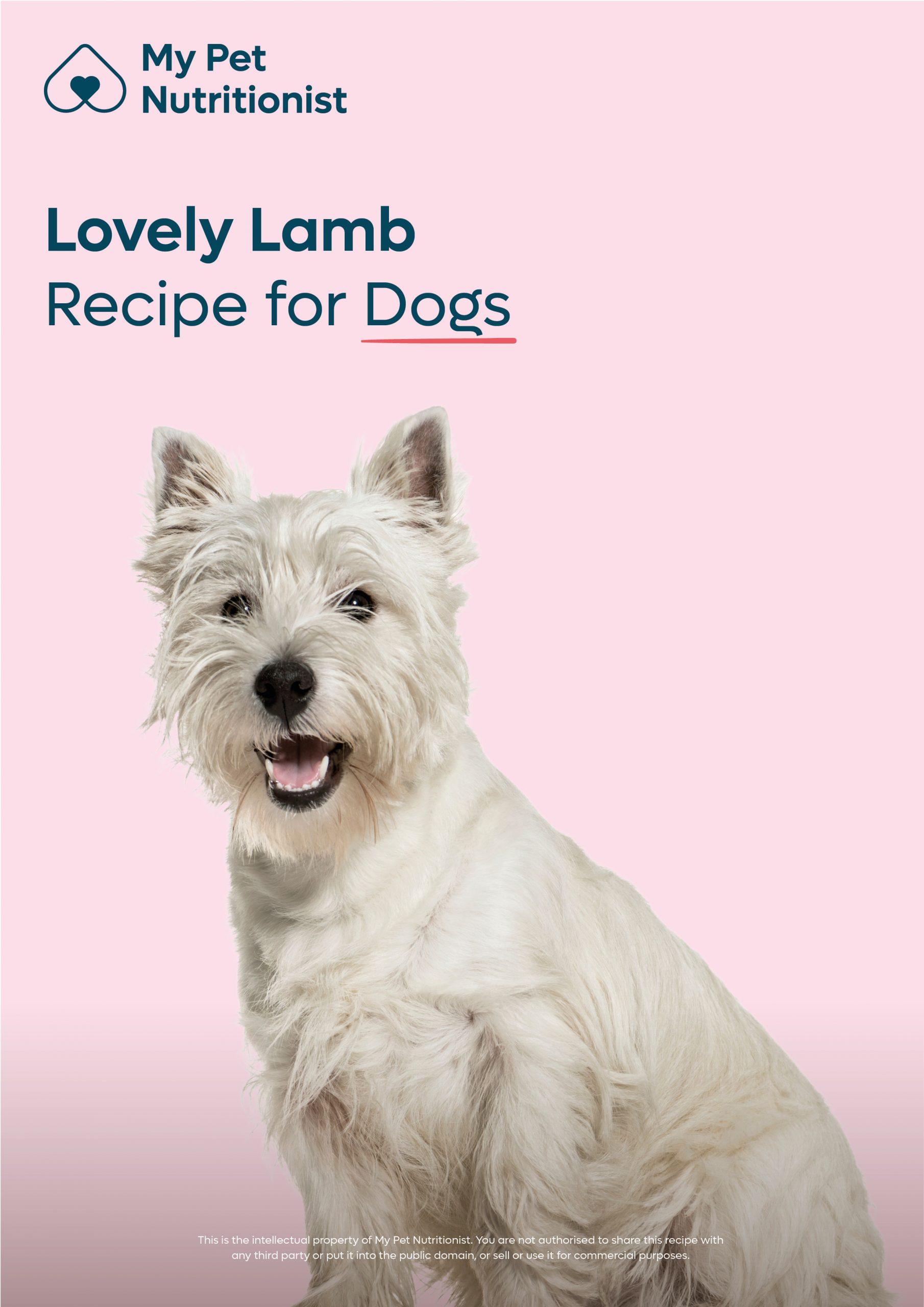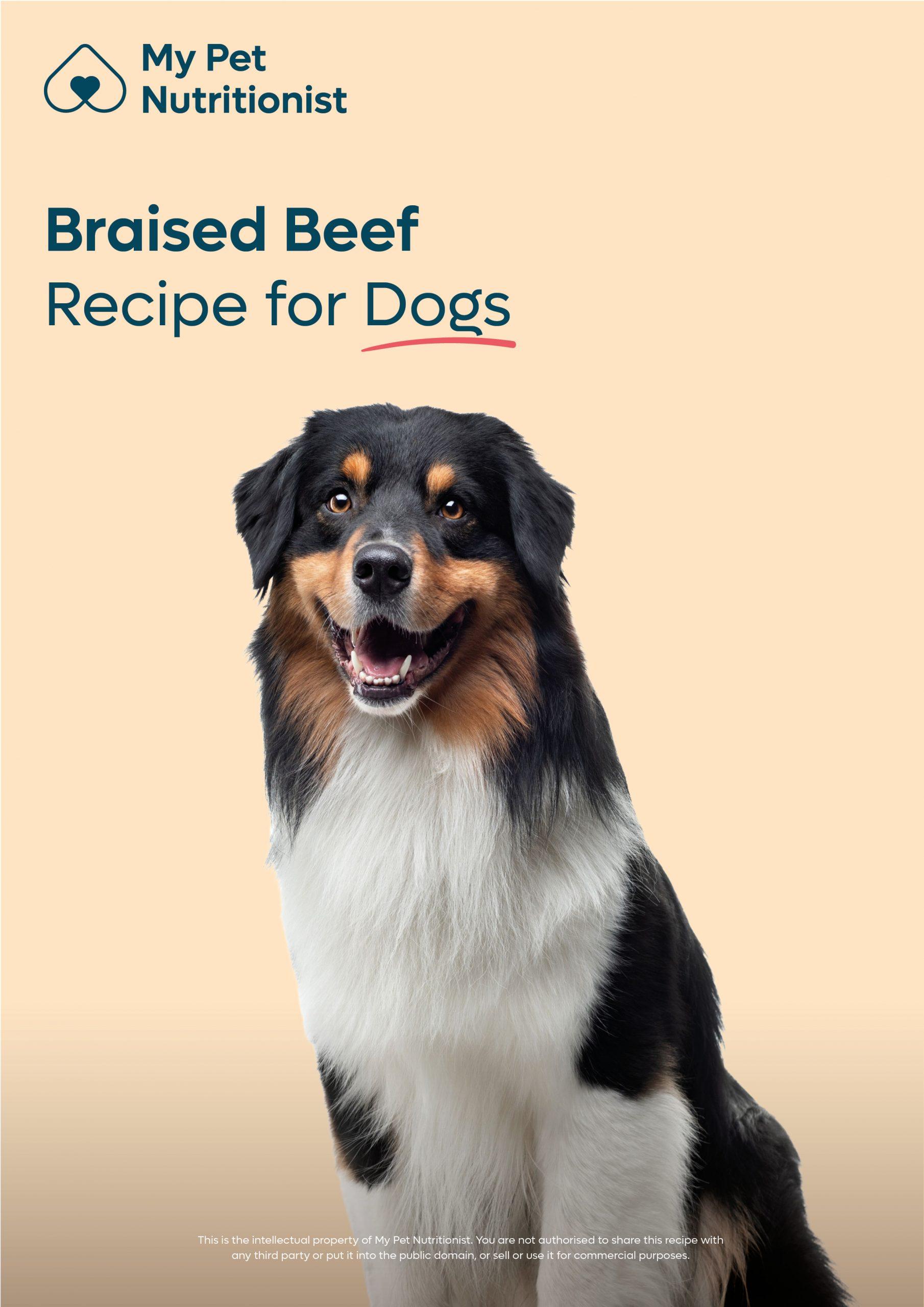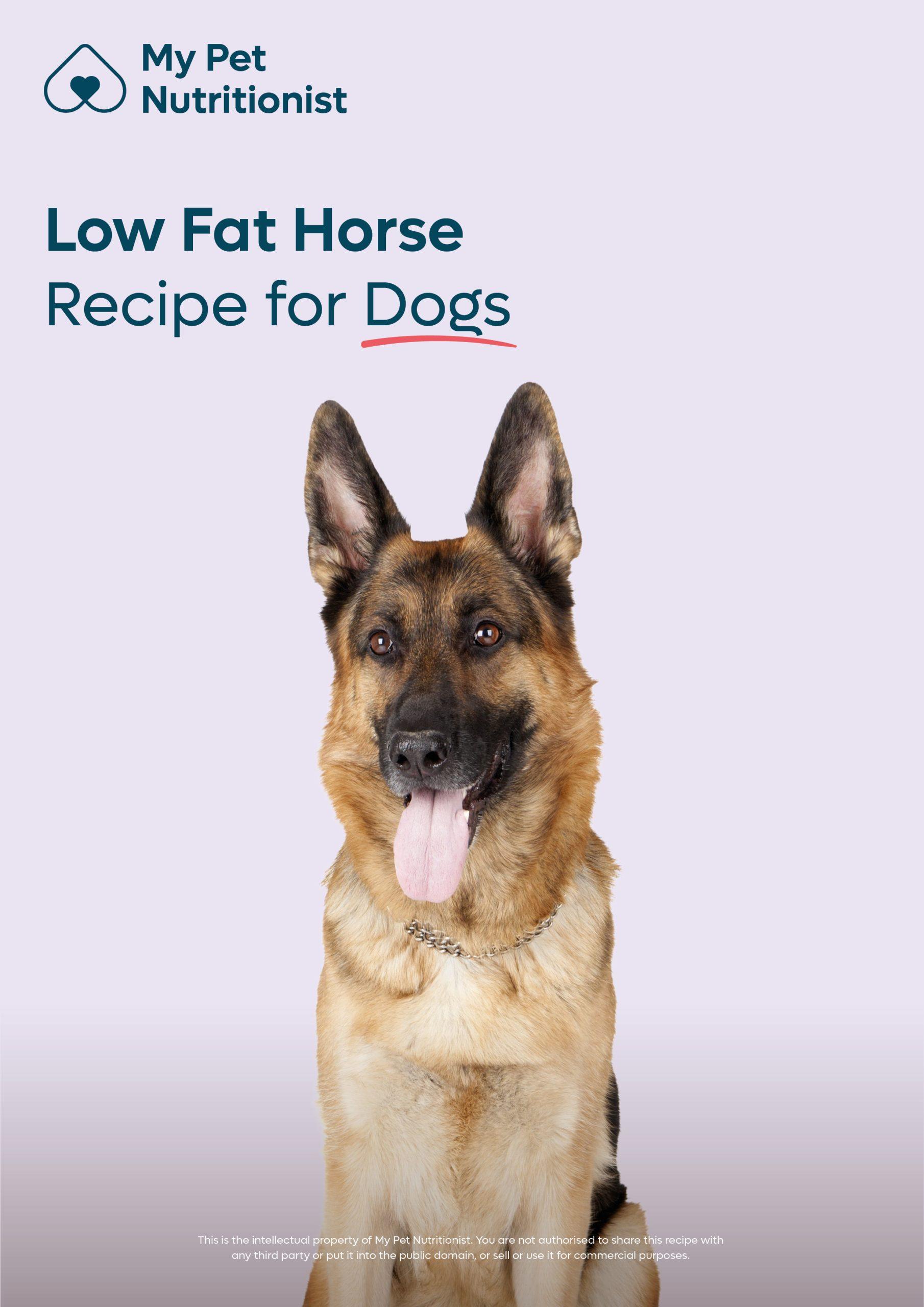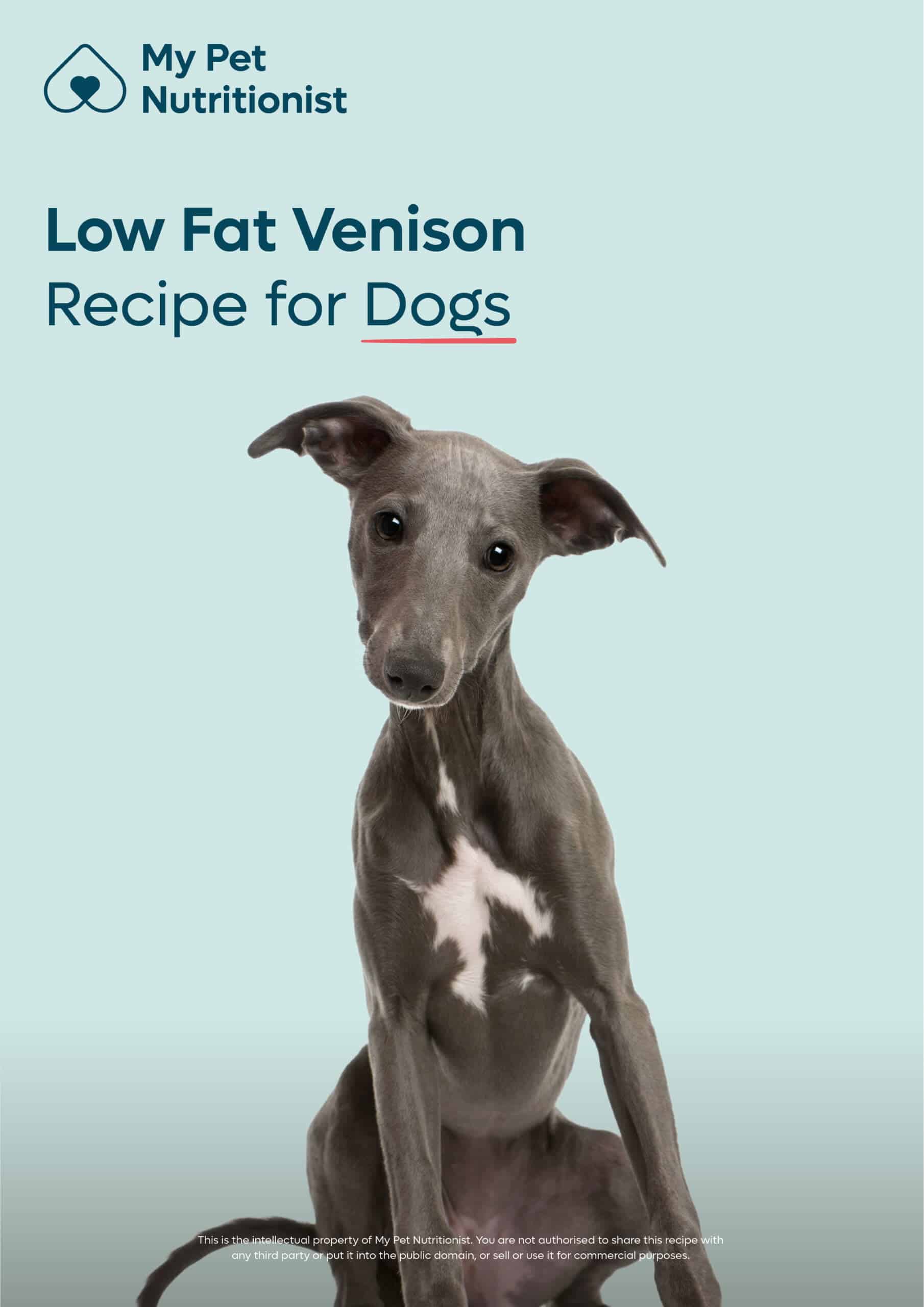-
£19.99

Pooh Guide for Dogs: What’s Good, and What’s Not
- May 16, 2024
- 9 mins 15 secs
If there’s one thing us dog owners and carers see and handle a lot, its poop! It comes in all different colours, shapes, sizes and textures, but do you know if your dog’s poop is ‘good’, or ‘bad’? At My Pet Nutritionist, we often hear from panicked pet parents regarding their pet’s faeces, and if it looks how it should! This handy guide looks at everything ‘dog poop’, including some troubleshooting tips along the way!
Brown is typically associated with poop. Brown can come in any shade, from very light brown, to very dark brown. Brown is a very ‘normal’ colour for faeces. If you feed fresh food, you may notice your dog’s pooh is darker on darker proteins such as lamb, duck or beef, and lighter, almost cream in colour, on lighter proteins like turkey, chicken or white fish.
White pooh is commonly seen for two reasons. If it is an older pooh which has been laying around in the garden, it may be simply that it has dried out or been ‘sun bleached’ – especially if your dog is raw fed. If your dog is producing fresh white coloured pooh, and is raw fed, this can be a sign that your dog is not tolerating bone well. In these instances, you may need to switch to a cooked food using one of our recipes, or look at using a bone substitute.
Mixed coloured pooh is a common occurrence in fresh fed dogs, and sends a lot of pet owners into panic-mode! Mixed coloured pooh when feeding a fresh food diet is completely normal! You may observe light and dark brown parts withing your dog’s faeces, which is due to your dog having eaten a variety of different proteins. If your dog has eaten a mixture of light and dark proteins in the last day or so, it’s likely their poop will be multi-coloured!
Black pooh is something we don’t want to see, particularly if it is loose in texture too! Tarry stools are caused by the presence of Melena (blood) in the faeces, which can be secondary to a number of digestive issues, parasite burdens, liver or kidney disease/cancer. Black, but solid stools can also denote health concerns such as internal bleeding. Some supplements may darken the stool to an almost-black colour, including some soil based probiotic blends.
Yellow/orange stools can also be of concern for your dog. Yellow or orange pooh is often soft in texture, and can be due to a number of health conditions. Those suffering with campylobacter often have yellow faeces. Another common reason a dog may have yellow or orange faeces is an issue with the liver, or bile production. Some intolerances present with yellow or orange pooh too, so an elimination diet may be useful. If your dog has yellow or orange stools, further investigation is required by your veterinarian.
When your dog’s poop is extremely hard and/or crumbly, it is often shaped in multiple small pieces, and quite often white in colour. ‘Crumbly’ can also be described as the poop turning to dust upon landing on the ground, or when being picked up. Poops like this, are not desirable! These poops show the digestive tract is unable to cope with the recommended amount of bone in a fresh food diet, or that there is too much bone in the fresh diet you are feeding. If this is the case for your dog, you may need to dilute the bone content in the food you are feeding, by replacing 20g of the complete diet per 10kg bodyweight, with the same amount of boneless mince. Some owners prefer to switch to a bone alternative if their dog struggles to digest the bone content of balanced meals, to ensure they’re still getting the calcium they need, but in a form the dog tolerates better. You may also need to give a gut support supplement such as our supplement, Gut Guardian, which you can purchase here! Additional fibre may also be required in the diet.
A hard but not crumbly poop is what we are aiming for! The pooh should be a log-like shape, and should be firm to touch (with a poop bag, of course!), but should not easily break apart. This is a great sign that your dog’s digestive tract is functioning well, and their diet is suiting them perfectly! Keep up with the good stuff!
Sometimes you may spot a formed, but soft poop laying around, reminding you of the typical cartoon dog poop! These tend to be produced by those on a higher carbohydrate, more processed food (though not all dogs fed these diets will have this type of pooh!), or by a dog with a little digestive upset, be it an intolerance, or gut damage. A small parasitic burden could also result in this type of faeces. In this instance, you may wish to run a wormcount (order a kit from a reputable company, send off your sample, and await results) to check for intestinal parasites, look at running an elimination diet if your dog is already on fresh food, add in some gut support, some more fibre, and perhaps some extra bone. If your dog is fed a dry. Processed diet, switch to a fresh food diet. If you are unable to feed fresh, switching to a food with higher meat content, or a high quality wet food may help you out!
If your dog produces a soft and unformed pooh, this should be investigated as it is a clear sign of some digestive upset, or lack of tolerance for a specific part of the current diet. These may look like thick puddles of faecal matter, and could be a variety of colours from yellow to brown, to black. Wormcounting is very important in these cases, as a presence of internal parasites is possible, and you may wish to speak with your veterinarian regarding further tests if this is a regular occurrence. Liver, pancreas and kidney testing may be required depending on accompanying symptoms. If your dog is being fed a dry or processed food, we would recommend switching to a fresh diet whether it’s raw or lightly cooked, and giving some gut support alongside it.
The final common dog pooh texture, is runny/water-like. These deposits are completely liquid, and are often ejected quickly from the anus. These stools are not ones we really want to see at all, as they can be a sign of sickness, allergies, intolerances, parasitic or bacterial burdens, or other health complications. If this type of stool only happens at the end of a healthy stool, at the end of a walk, or on walks when the dog produces healthy stools in the comfort of his or her own property, it can be caused by a rush of adrenaline when out on a walk. You can practice calming games with your dog, but it’s likely it is just a part of their ‘norm’.
It is also important to note that extremely loose stools can be a sign of intestinal blockages, so it is important to monitor symptoms, and seek veterinary assistance!
Diet can be a huge contributing factor to the size of a pooh produced by a dog. Many commercially available diets on the market contain a huge amount of fillers and unusable ingredients. The more waste going into a dog, the more waste that needs to come out of it in his or her faeces. Those fed a fresh food diet such as raw or lightly cooked tend to produce smaller stools due to the bioavailability and digestibility of the ingredients being consumed, which also means there is less waste to be excreted in faeces. If your dog is producing more faeces than other dogs of their size, you may wish to look into changing their diet.
While we are still on the subject of diet, it’s also important to note that bowel movements may be bigger or smaller depending on the number of meals your dog is fed per day. For example, two similarly sized dogs may have different sized stools on the same diet if one eats one large portion of food per day, and the other eats two smaller portions of food per day.
The breed or size of your dog can obviously impact the size of stools produced – generally speaking, the larger the dog, the larger the stool, however those who are fresh fed will typically have much, much smaller stools than others of the same breed or size being fed a highly processed diet.
There is also potential for stool size (and quality!) to be impacted by certain medications. If your dog is on any prescription medication, and they are having troubles with large, small, frequent, or poor textured or coloured stools, speak with your vet, as a medicine review may be required.
If your dog has a burden of matured worms in their faeces, this is usually quite obvious, though different intestinal worms do take different appearances. Roundworms tend to be the most obvious, being fairly long, curled, white creatures, with tapeworms being the least easy to spot, as they come out in small sections, almost like grains of rice. You can learn more about worm appearances, prevention, and support for the body here.
Bits of inedible items such as chewed up toys are commonly seen in dog pooh. Has your dog ever done a ‘rainbow’ coloured stool, and you’ve been able to hunt down the remainder of the toy, purely from seeing a dismembered toy limb in your dog’s poop? This is a situation whereby it can be comical at the time, but does pose a serious risk of blockage, so it is important to keep a close eye on your dog’s behaviour and next bowel movements, just to be sure there’s nothing blocking the intestinal tract!
Sometimes we feed our dog ingredients that are tricky for a dog to digest, such as raw carrot, whole pumpkin seeds (always crush these to be of benefit to your furry friend!), or furry chews (which act as a great prebiotic to help cleanse the gut!). Ingredients the dog cannot digest easily may well come out whole in their faeces. If your dog enjoys eating the spring grass, or is a scavenger through bins, they may consumes vast amounts of grass and/or other indigestible items such as corn – these items usually come out whole, much to many owners’ dismay, as they reach down to aid the removal of a long strand of grass from their pooch’s behind!
Our simplified graphical pooh guide can be found here; it shows you what dietary adjustments may need to be made for each type of pooh.
Those suffering with loose stools may need:
Those suffering with rock solid, crumbly pooh, or constipation may need:
While this may not have been the most ‘pleasant’ read in the history of our blog, looking at your dog’s poop is very important as it is a huge indicator to health and wellbeing, and can allow you to amend parts of your dog’s diet and lifestyle to aid optimal health. We hope this blog post has helped you understand your dog’s faeces, and how to get the ‘perfect poop’! If you feel you require assistance in improving the diet or lifestyle of your dog with no current health conditions, our Optimise package for dogs, may be highly beneficial for you!
Team MPN x
Pooh Colours
When it comes to colour, dog pooh can vary massively! Different colours can indicate different things, so let’s have a look at common dog pooh colours, and what they might mean!Brown is typically associated with poop. Brown can come in any shade, from very light brown, to very dark brown. Brown is a very ‘normal’ colour for faeces. If you feed fresh food, you may notice your dog’s pooh is darker on darker proteins such as lamb, duck or beef, and lighter, almost cream in colour, on lighter proteins like turkey, chicken or white fish.
White pooh is commonly seen for two reasons. If it is an older pooh which has been laying around in the garden, it may be simply that it has dried out or been ‘sun bleached’ – especially if your dog is raw fed. If your dog is producing fresh white coloured pooh, and is raw fed, this can be a sign that your dog is not tolerating bone well. In these instances, you may need to switch to a cooked food using one of our recipes, or look at using a bone substitute.
Mixed coloured pooh is a common occurrence in fresh fed dogs, and sends a lot of pet owners into panic-mode! Mixed coloured pooh when feeding a fresh food diet is completely normal! You may observe light and dark brown parts withing your dog’s faeces, which is due to your dog having eaten a variety of different proteins. If your dog has eaten a mixture of light and dark proteins in the last day or so, it’s likely their poop will be multi-coloured!
Black pooh is something we don’t want to see, particularly if it is loose in texture too! Tarry stools are caused by the presence of Melena (blood) in the faeces, which can be secondary to a number of digestive issues, parasite burdens, liver or kidney disease/cancer. Black, but solid stools can also denote health concerns such as internal bleeding. Some supplements may darken the stool to an almost-black colour, including some soil based probiotic blends.
Yellow/orange stools can also be of concern for your dog. Yellow or orange pooh is often soft in texture, and can be due to a number of health conditions. Those suffering with campylobacter often have yellow faeces. Another common reason a dog may have yellow or orange faeces is an issue with the liver, or bile production. Some intolerances present with yellow or orange pooh too, so an elimination diet may be useful. If your dog has yellow or orange stools, further investigation is required by your veterinarian.
Pooh Textures
Our dogs’ pooh comes in many textures, from so solid it crumbles, to completely watery. Each different pooh formation tells a different story, so it is important to learn what each type means!When your dog’s poop is extremely hard and/or crumbly, it is often shaped in multiple small pieces, and quite often white in colour. ‘Crumbly’ can also be described as the poop turning to dust upon landing on the ground, or when being picked up. Poops like this, are not desirable! These poops show the digestive tract is unable to cope with the recommended amount of bone in a fresh food diet, or that there is too much bone in the fresh diet you are feeding. If this is the case for your dog, you may need to dilute the bone content in the food you are feeding, by replacing 20g of the complete diet per 10kg bodyweight, with the same amount of boneless mince. Some owners prefer to switch to a bone alternative if their dog struggles to digest the bone content of balanced meals, to ensure they’re still getting the calcium they need, but in a form the dog tolerates better. You may also need to give a gut support supplement such as our supplement, Gut Guardian, which you can purchase here! Additional fibre may also be required in the diet.
A hard but not crumbly poop is what we are aiming for! The pooh should be a log-like shape, and should be firm to touch (with a poop bag, of course!), but should not easily break apart. This is a great sign that your dog’s digestive tract is functioning well, and their diet is suiting them perfectly! Keep up with the good stuff!
Sometimes you may spot a formed, but soft poop laying around, reminding you of the typical cartoon dog poop! These tend to be produced by those on a higher carbohydrate, more processed food (though not all dogs fed these diets will have this type of pooh!), or by a dog with a little digestive upset, be it an intolerance, or gut damage. A small parasitic burden could also result in this type of faeces. In this instance, you may wish to run a wormcount (order a kit from a reputable company, send off your sample, and await results) to check for intestinal parasites, look at running an elimination diet if your dog is already on fresh food, add in some gut support, some more fibre, and perhaps some extra bone. If your dog is fed a dry. Processed diet, switch to a fresh food diet. If you are unable to feed fresh, switching to a food with higher meat content, or a high quality wet food may help you out!
If your dog produces a soft and unformed pooh, this should be investigated as it is a clear sign of some digestive upset, or lack of tolerance for a specific part of the current diet. These may look like thick puddles of faecal matter, and could be a variety of colours from yellow to brown, to black. Wormcounting is very important in these cases, as a presence of internal parasites is possible, and you may wish to speak with your veterinarian regarding further tests if this is a regular occurrence. Liver, pancreas and kidney testing may be required depending on accompanying symptoms. If your dog is being fed a dry or processed food, we would recommend switching to a fresh diet whether it’s raw or lightly cooked, and giving some gut support alongside it.
The final common dog pooh texture, is runny/water-like. These deposits are completely liquid, and are often ejected quickly from the anus. These stools are not ones we really want to see at all, as they can be a sign of sickness, allergies, intolerances, parasitic or bacterial burdens, or other health complications. If this type of stool only happens at the end of a healthy stool, at the end of a walk, or on walks when the dog produces healthy stools in the comfort of his or her own property, it can be caused by a rush of adrenaline when out on a walk. You can practice calming games with your dog, but it’s likely it is just a part of their ‘norm’.
It is also important to note that extremely loose stools can be a sign of intestinal blockages, so it is important to monitor symptoms, and seek veterinary assistance!
Pooh Amounts
The amount of faeces produced by a dog can depend on many factors, which we will take a brief look at.Diet can be a huge contributing factor to the size of a pooh produced by a dog. Many commercially available diets on the market contain a huge amount of fillers and unusable ingredients. The more waste going into a dog, the more waste that needs to come out of it in his or her faeces. Those fed a fresh food diet such as raw or lightly cooked tend to produce smaller stools due to the bioavailability and digestibility of the ingredients being consumed, which also means there is less waste to be excreted in faeces. If your dog is producing more faeces than other dogs of their size, you may wish to look into changing their diet.
While we are still on the subject of diet, it’s also important to note that bowel movements may be bigger or smaller depending on the number of meals your dog is fed per day. For example, two similarly sized dogs may have different sized stools on the same diet if one eats one large portion of food per day, and the other eats two smaller portions of food per day.
The breed or size of your dog can obviously impact the size of stools produced – generally speaking, the larger the dog, the larger the stool, however those who are fresh fed will typically have much, much smaller stools than others of the same breed or size being fed a highly processed diet.
There is also potential for stool size (and quality!) to be impacted by certain medications. If your dog is on any prescription medication, and they are having troubles with large, small, frequent, or poor textured or coloured stools, speak with your vet, as a medicine review may be required.
Foreign Objects
This one is quite self-explanatory – sometimes you may see ‘bits’ in your dog’s faeces. While it’s never ideal to have foreign bodies in the stool, some are worse than others.If your dog has a burden of matured worms in their faeces, this is usually quite obvious, though different intestinal worms do take different appearances. Roundworms tend to be the most obvious, being fairly long, curled, white creatures, with tapeworms being the least easy to spot, as they come out in small sections, almost like grains of rice. You can learn more about worm appearances, prevention, and support for the body here.
Bits of inedible items such as chewed up toys are commonly seen in dog pooh. Has your dog ever done a ‘rainbow’ coloured stool, and you’ve been able to hunt down the remainder of the toy, purely from seeing a dismembered toy limb in your dog’s poop? This is a situation whereby it can be comical at the time, but does pose a serious risk of blockage, so it is important to keep a close eye on your dog’s behaviour and next bowel movements, just to be sure there’s nothing blocking the intestinal tract!
Sometimes we feed our dog ingredients that are tricky for a dog to digest, such as raw carrot, whole pumpkin seeds (always crush these to be of benefit to your furry friend!), or furry chews (which act as a great prebiotic to help cleanse the gut!). Ingredients the dog cannot digest easily may well come out whole in their faeces. If your dog enjoys eating the spring grass, or is a scavenger through bins, they may consumes vast amounts of grass and/or other indigestible items such as corn – these items usually come out whole, much to many owners’ dismay, as they reach down to aid the removal of a long strand of grass from their pooch’s behind!
The Bristol Stool Chart
When it comes to looking at poops, there is an easy chart used worldwide in both humans, and pets, called the Bristol Stool Chart. This has 7 types of stool on it, and referring to a specific type in your veterinary appointments can be hugely helpful for the vet to understand your dog’s recent bowel movements, without the need to fill your phone with photos of dog pooh! You can view the Bristol Stool Chart here.Our simplified graphical pooh guide can be found here; it shows you what dietary adjustments may need to be made for each type of pooh.
How to Help Your Dog’s Pooh
To summarise what you may need to consider in the event of loose stools, or constipation:Those suffering with loose stools may need:
- A wormcount
- A change of diet to fresh food
- More bone
- More fibre
- Gut support
- Chat to your vet regarding any medications given to the dog
- Further veterinary investigations if it’s a recurring problem
Those suffering with rock solid, crumbly pooh, or constipation may need:
- More fibre
- Less bone
- A bone substitute
- Gut support
- Extra moisture
- Chat to your vet regarding any medications given to the dog
- Further veterinary investigations if blockage is a concern
While this may not have been the most ‘pleasant’ read in the history of our blog, looking at your dog’s poop is very important as it is a huge indicator to health and wellbeing, and can allow you to amend parts of your dog’s diet and lifestyle to aid optimal health. We hope this blog post has helped you understand your dog’s faeces, and how to get the ‘perfect poop’! If you feel you require assistance in improving the diet or lifestyle of your dog with no current health conditions, our Optimise package for dogs, may be highly beneficial for you!
Team MPN x
Customer Reviews
Explore related products
Explore Related Products
Related articles

Disease ManagementGeneral HealthGut HealthDigestionDigestive HealthDogs
How To Support Your Dog’s Brain Health
Jun 27 2024
•
11 mins 55 secs
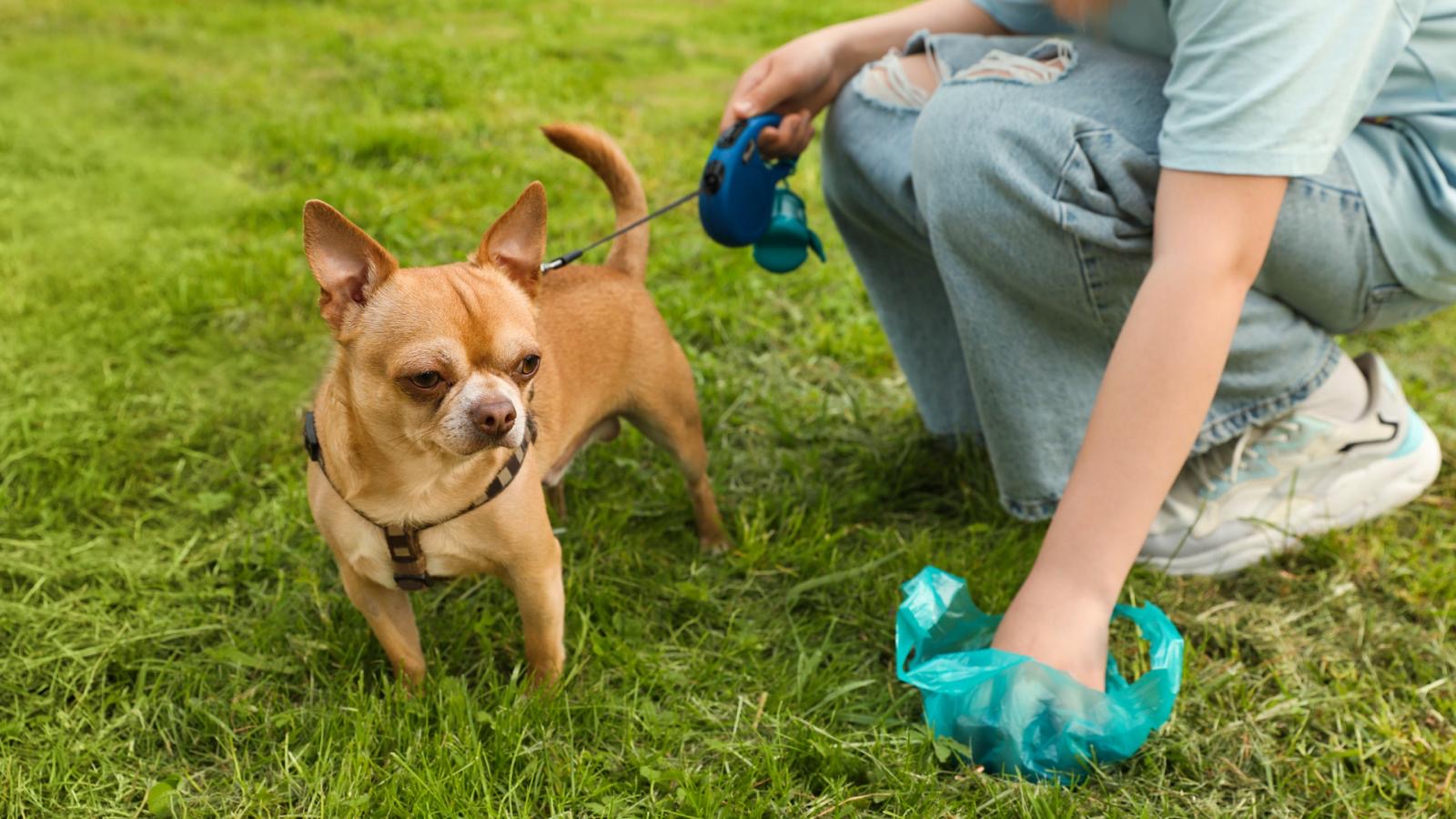
Disease ManagementGeneral HealthGut HealthDigestionDigestive HealthDogs
Pooh Guide for Dogs: What’s Good, and What’s Not
May 16 2024
•
9 mins 15 secs
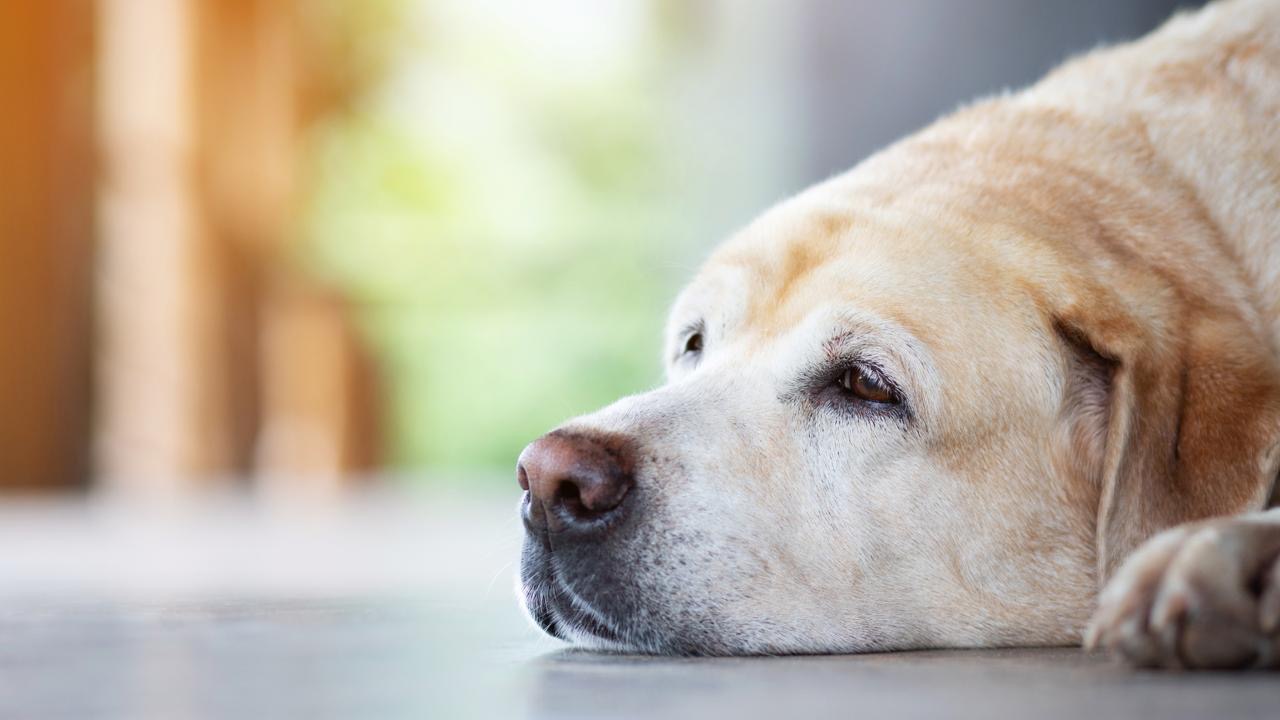
Disease ManagementGeneral HealthGut HealthDigestionDigestive HealthDogs
The Lowdown on Hypokalaemia in Pets
Mar 28 2024
•
6 mins 30 secs

Disease ManagementGeneral HealthGut HealthDigestionDigestive HealthDogs
All You Need to Know About Exocrine Pancreatic Insufficiency
Feb 22 2024
•
10 mins 20 secs
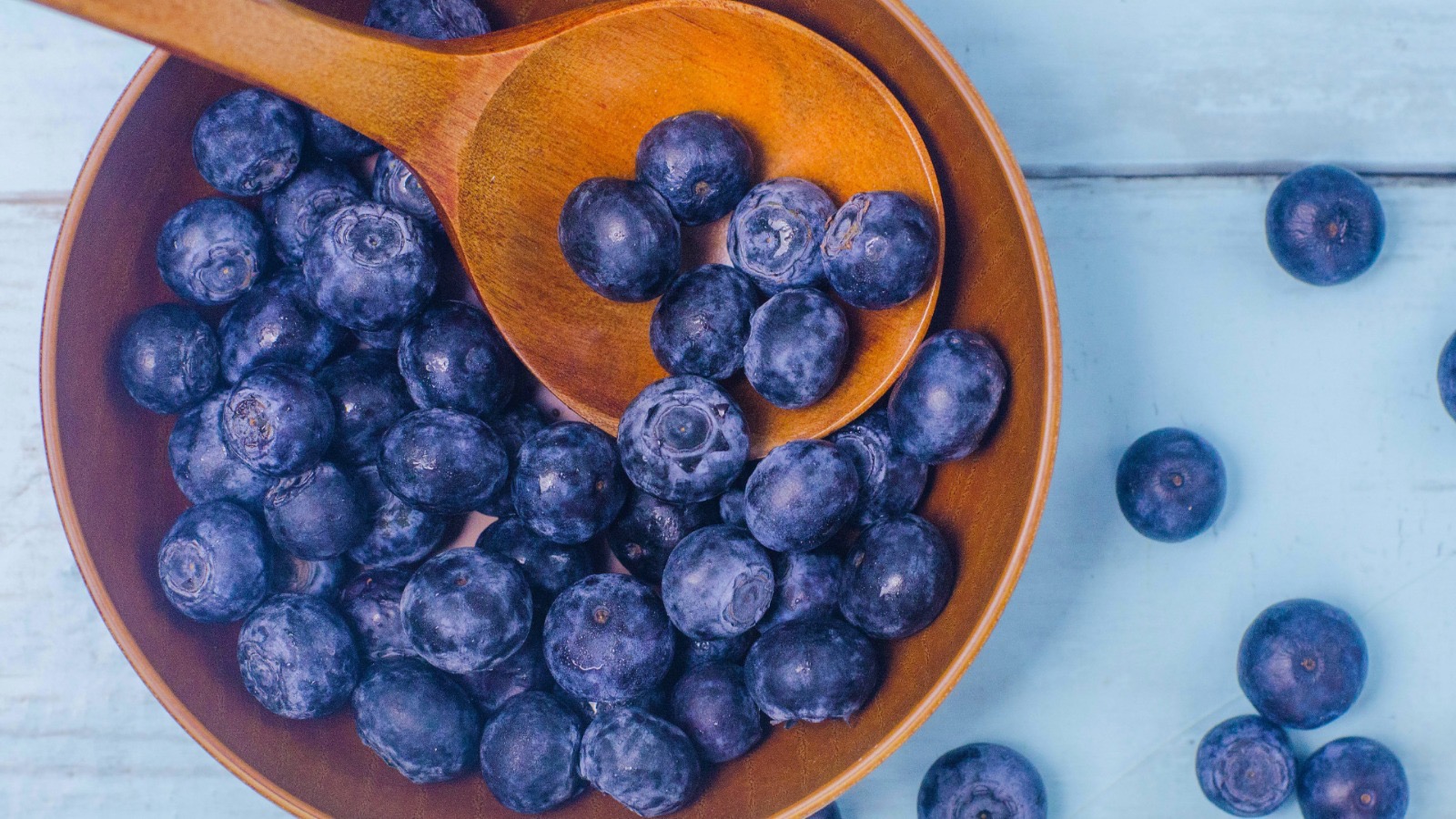
Disease ManagementGeneral HealthGut HealthDigestionDigestive HealthDogs
The Skinny on Blueberries for Dogs
Jan 31 2024
•
7 mins 46 secs

Disease ManagementGeneral HealthGut HealthDigestionDigestive HealthDogs
Should I Feed my Itchy Dog a Cool Protein?
Jan 18 2024
•
4 mins 40 secs
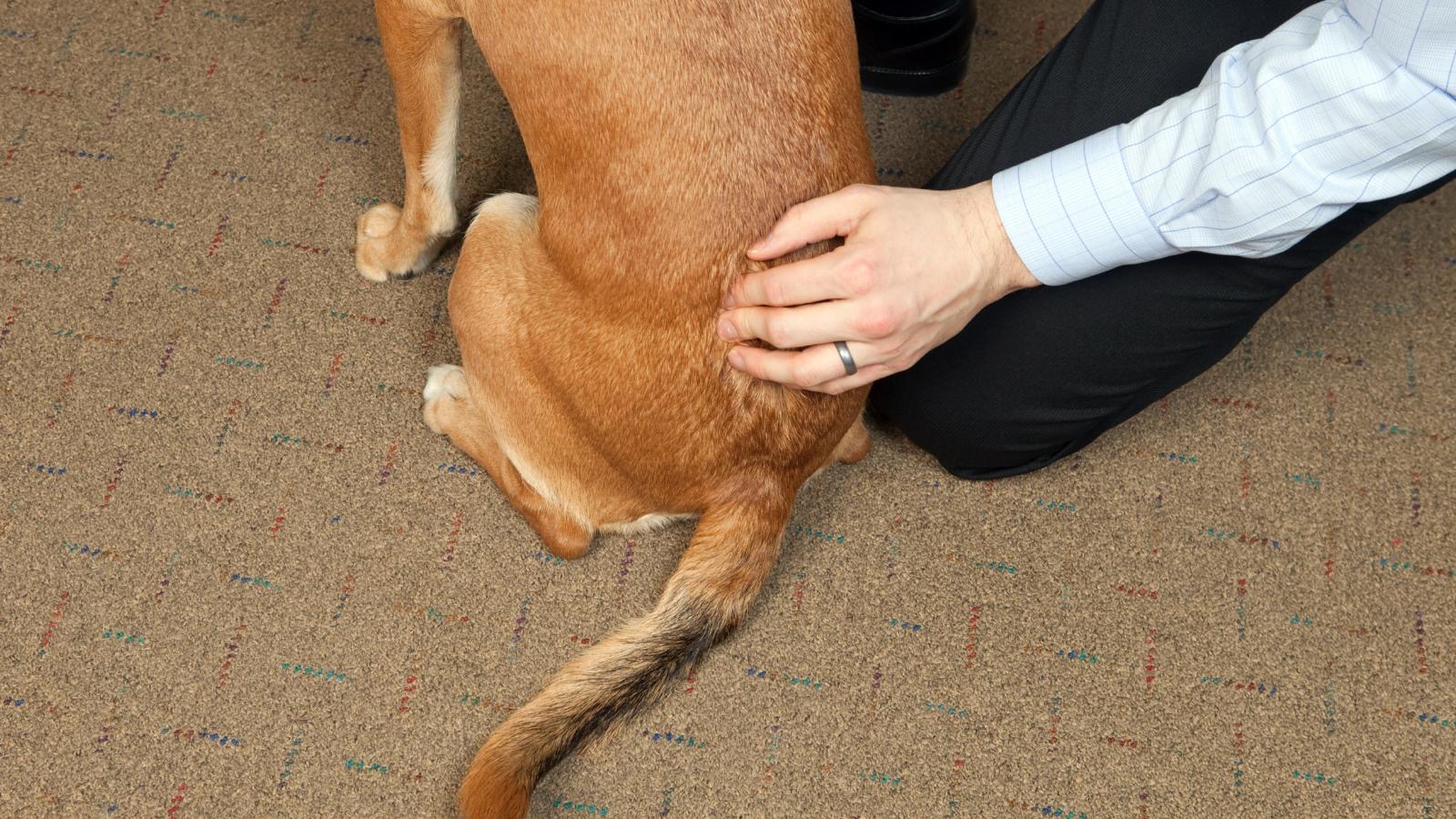
Disease ManagementGeneral HealthGut HealthDigestionDigestive HealthDogs
The Low Down on Spondylosis in Dogs
Dec 14 2023
•
12 mins 40 secs
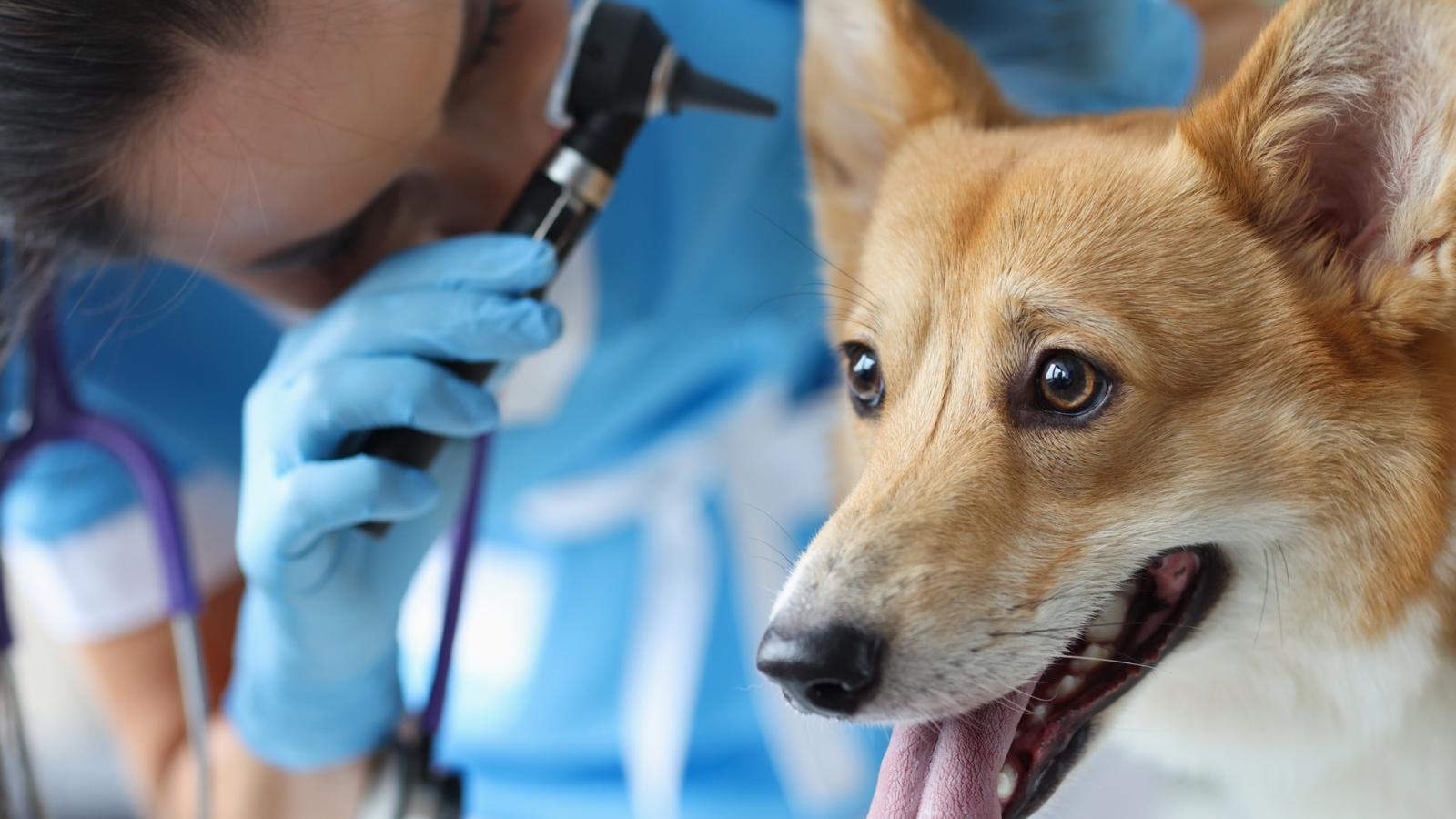
Disease ManagementGeneral HealthGut HealthDigestionDigestive HealthDogs
The Ultimate Guide to Graves Disease in Pets
Nov 30 2023
•
11 mins

Disease ManagementGeneral HealthGut HealthDigestionDigestive HealthDogs
Can Stress Cause My Pet’s Disease?
Nov 23 2023
•
10 mins 30 secs
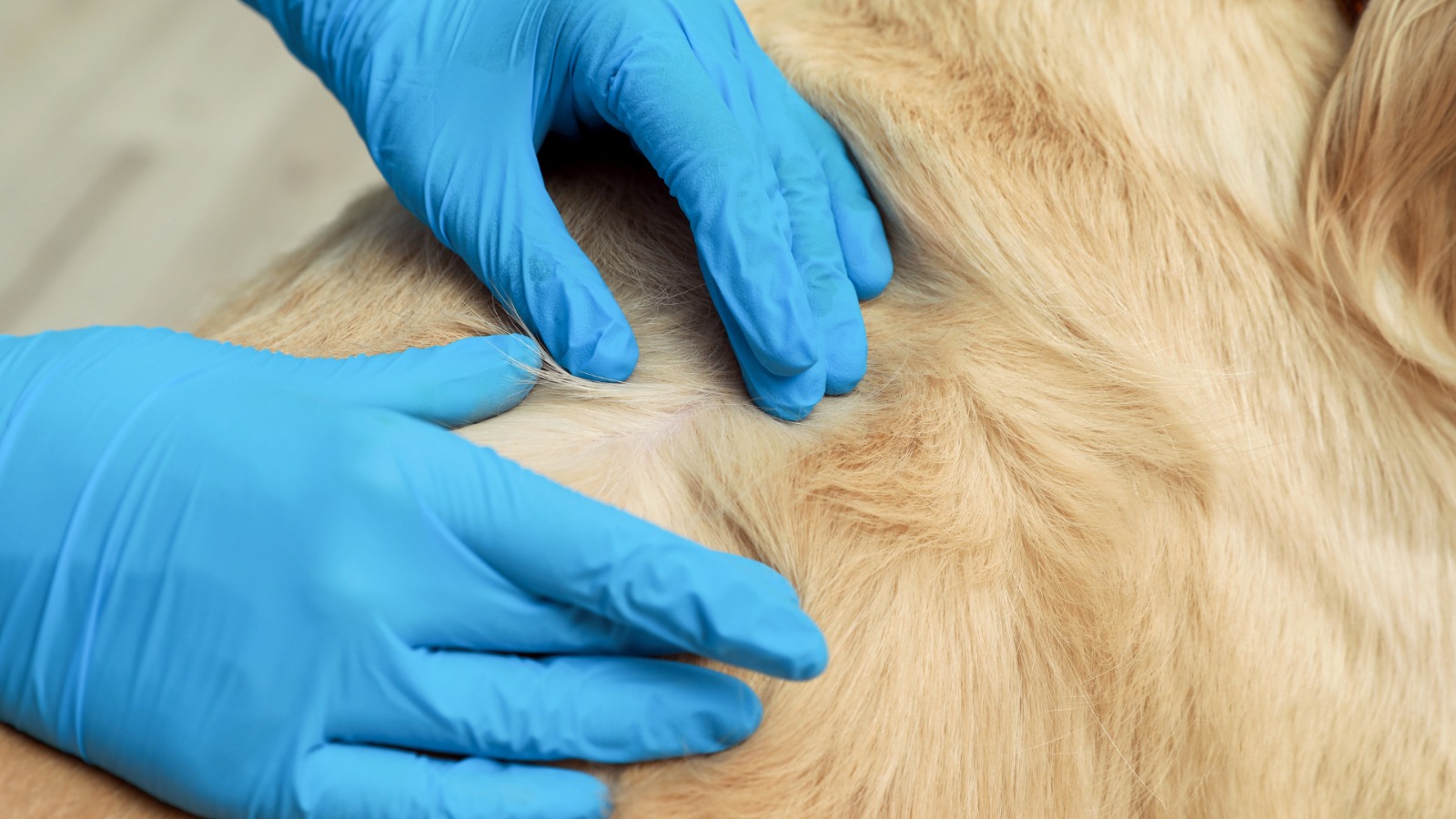
Disease ManagementGeneral HealthGut HealthDigestionDigestive HealthDogs
The Low Down on Keratosis
Oct 05 2023
•
4 mins 45 secs
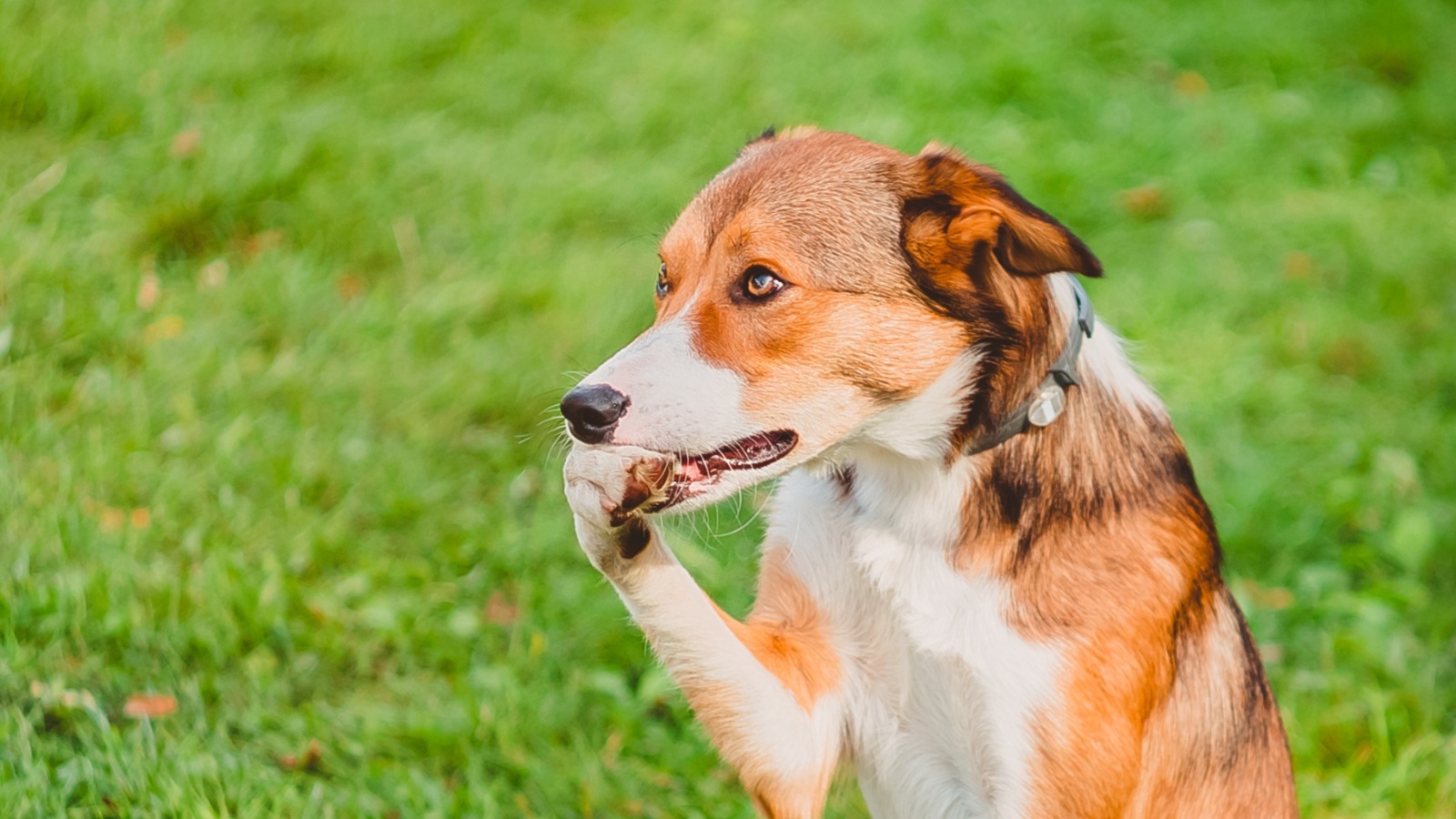
Disease ManagementGeneral HealthGut HealthDigestionDigestive HealthDogs
7 Reasons Why My Dog is Biting his Paws
Sep 06 2023
•
7 mins 40 secs
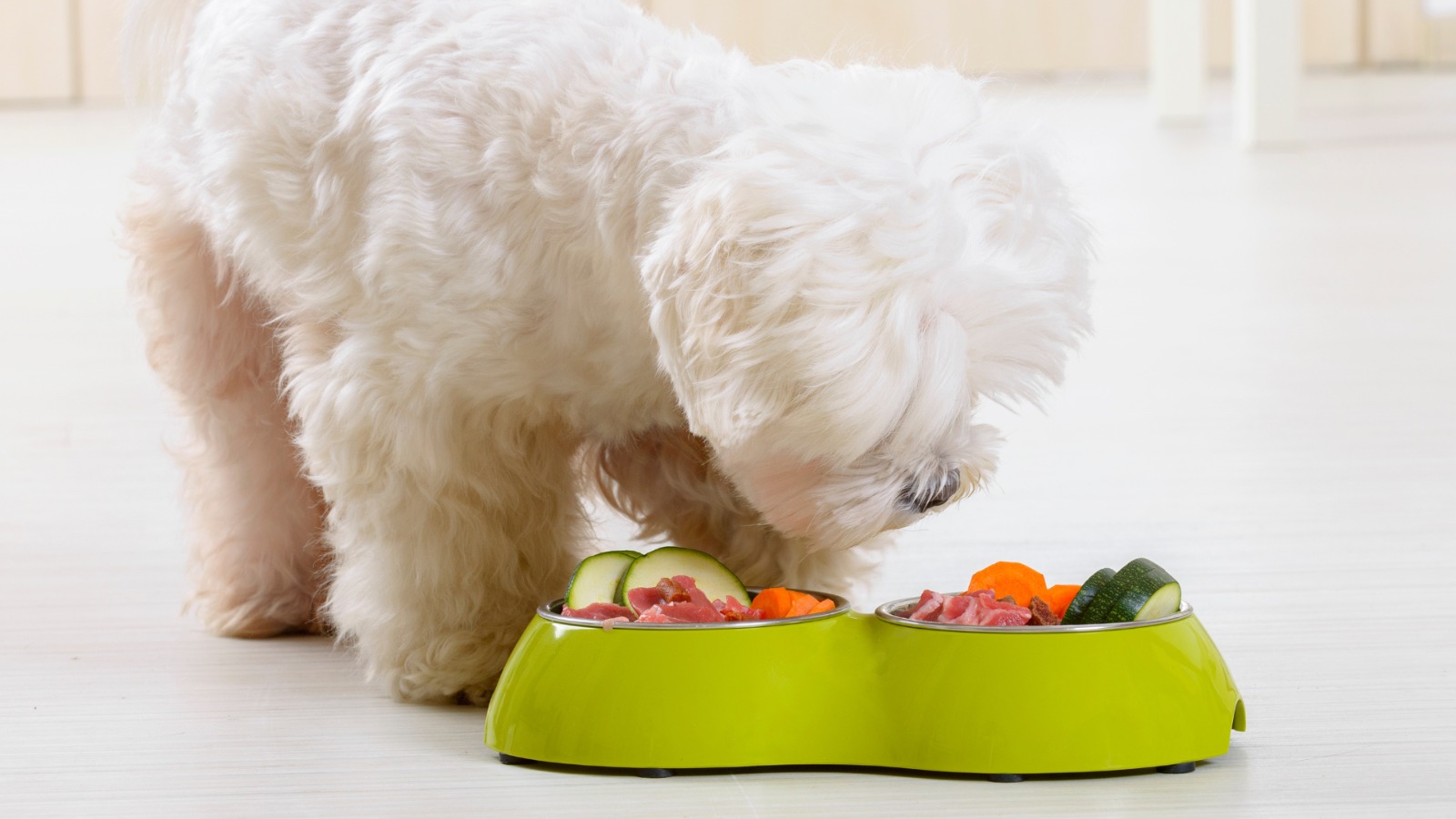
Disease ManagementGeneral HealthGut HealthDigestionDigestive HealthDogs
Should I Feed Vegetables to my Pet?
Aug 10 2023
•
5 mins 30 secs
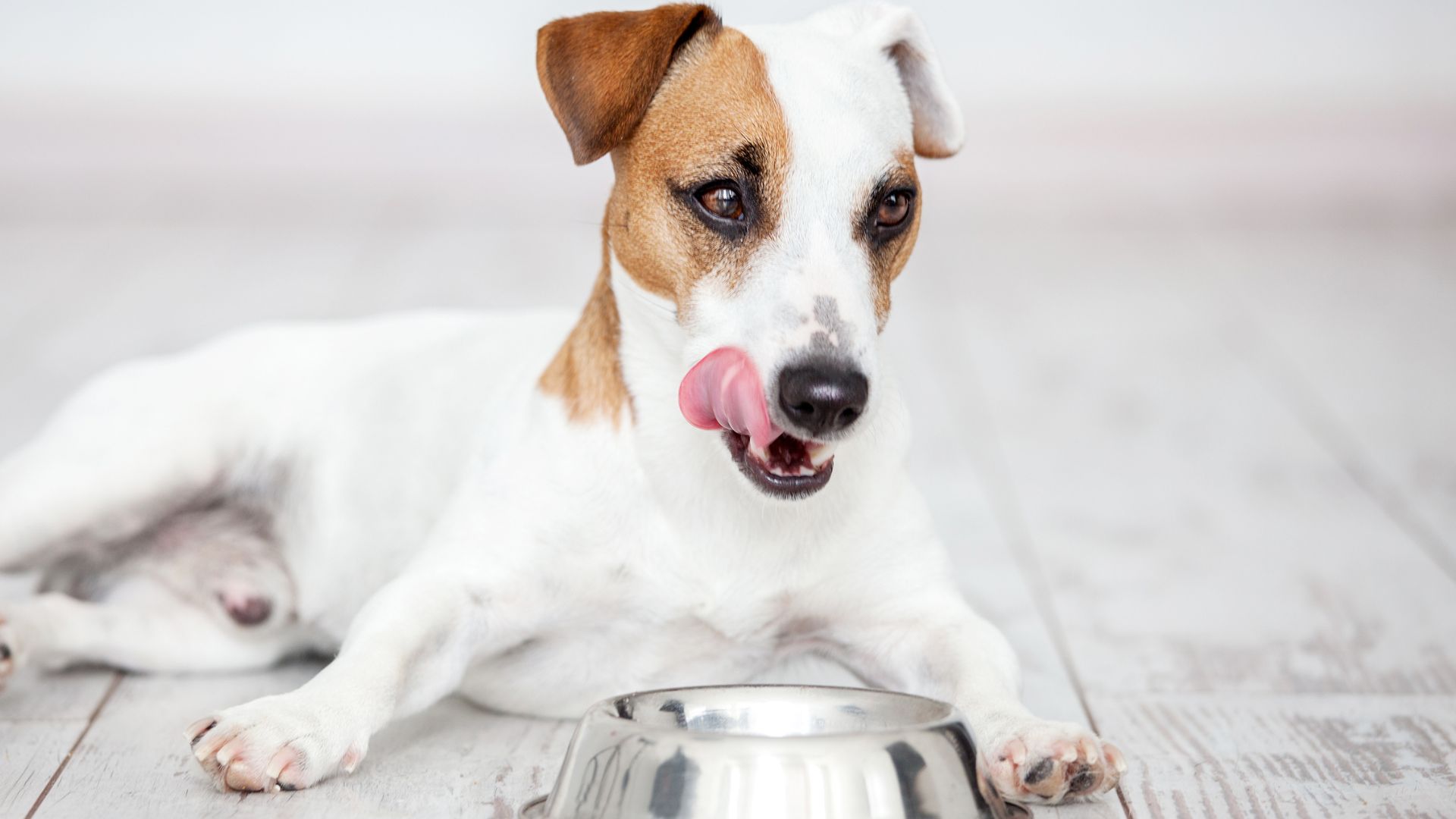
Disease ManagementGeneral HealthGut HealthDigestionDigestive HealthDogs
Is My Dog a Carnivore or an Omnivore?
Aug 03 2023
•
8 mins 30 secs

Disease ManagementGeneral HealthGut HealthDigestionDigestive HealthDogs
What Should I Feed My Dog with Acid Reflux?
Jul 26 2023
•
4 mins 15 secs

Disease ManagementGeneral HealthGut HealthDigestionDigestive HealthDogs
Hormones, and Their Role in the Body
Apr 20 2023
•
7 mins 12 secs
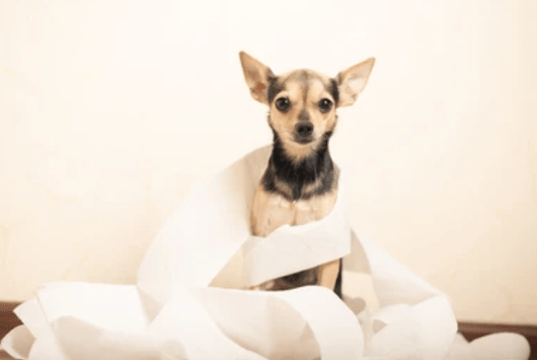
Disease ManagementGeneral HealthGut HealthDigestionDigestive HealthDogs
Help! My Dog Is Constipated!
Apr 13 2023
•
6 mins
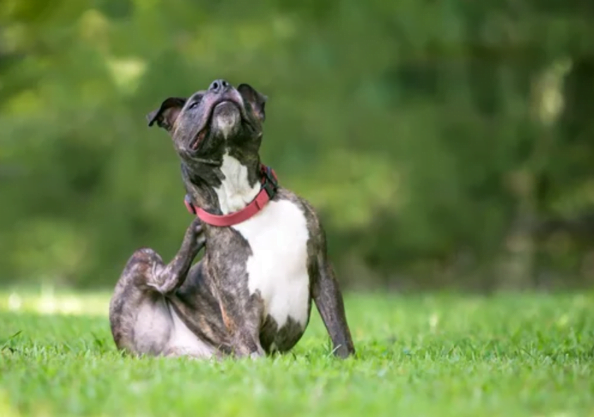
Disease ManagementGeneral HealthGut HealthDigestionDigestive HealthDogs
Mast Cell Activation Syndrome
Apr 05 2023
•
4 mins 46 secs

Disease ManagementGeneral HealthGut HealthDigestionDigestive HealthDogs
5 Benefits of Vitamin C for Your Dog
Mar 18 2023
•
4 mins 42 secs
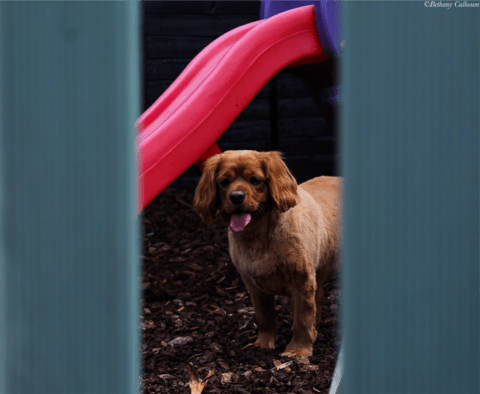
Disease ManagementGeneral HealthGut HealthDigestionDigestive HealthDogs
Why Does My Dog Urinate So Much?
Dec 08 2022
•
5 mins 30 secs

Disease ManagementGeneral HealthGut HealthDigestionDigestive HealthDogs
Why Does My Dog Drink So Much Water?
Nov 29 2022
•
5 mins 30 secs
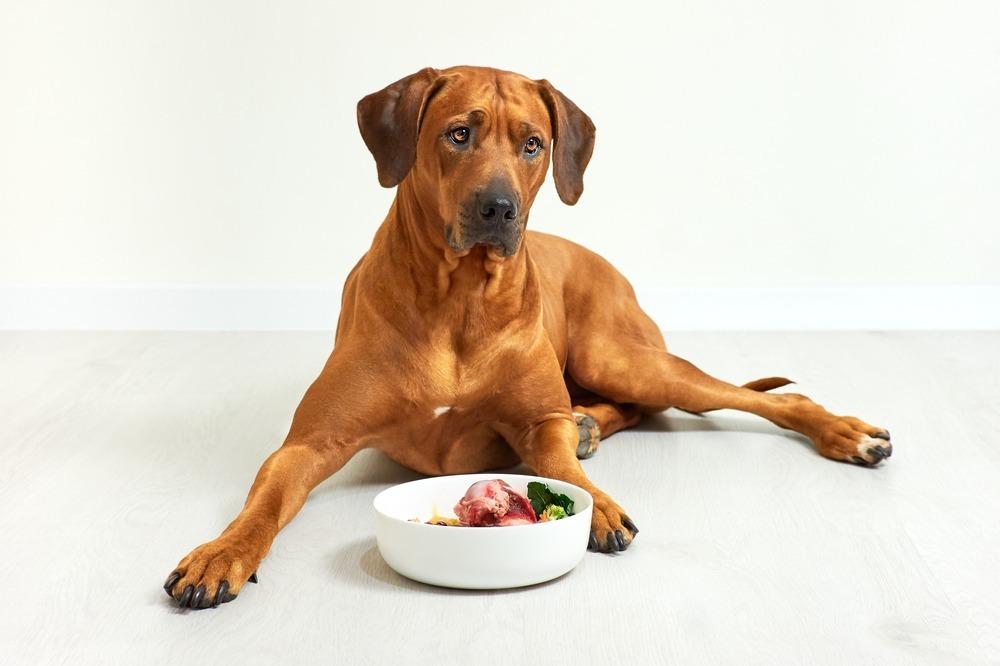
Disease ManagementGeneral HealthGut HealthDigestionDigestive HealthDogs
Fresh Food Additions For Your Dog
Nov 07 2022
•
4 mins

Disease ManagementGeneral HealthGut HealthDigestionDigestive HealthDogs
Top 10 Tips to Reduce Anxiety During Fireworks Season
Nov 04 2022
•
4 mins
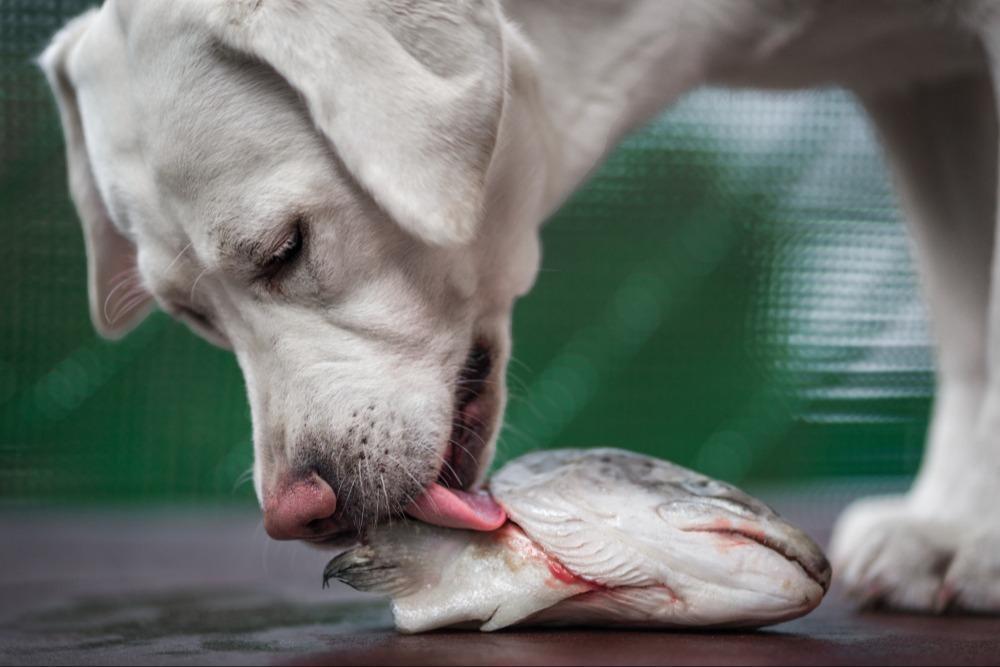
Disease ManagementGeneral HealthGut HealthDigestionDigestive HealthDogs
Feeding Fats To Your Dog
Sep 19 2022
•
3 mins

Disease ManagementGeneral HealthGut HealthDigestionDigestive HealthDogs
Fats For The Canine
Sep 19 2022
•
6 mins 30 secs
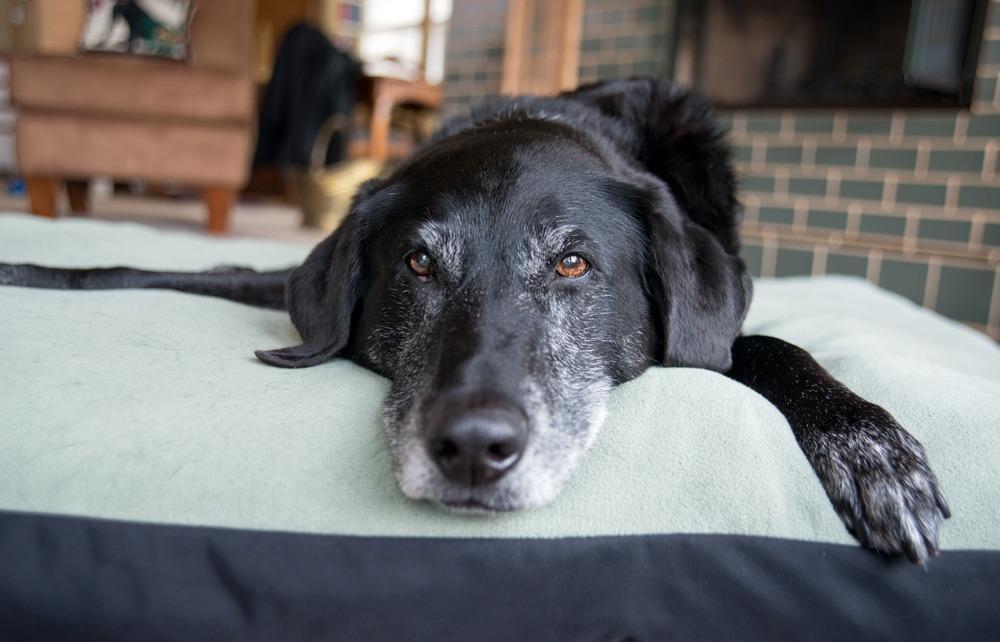
Disease ManagementGeneral HealthGut HealthDigestionDigestive HealthDogs
5 Things To Include In The Senior Dog’s Bowl
Sep 05 2022
•
4 mins 30 secs
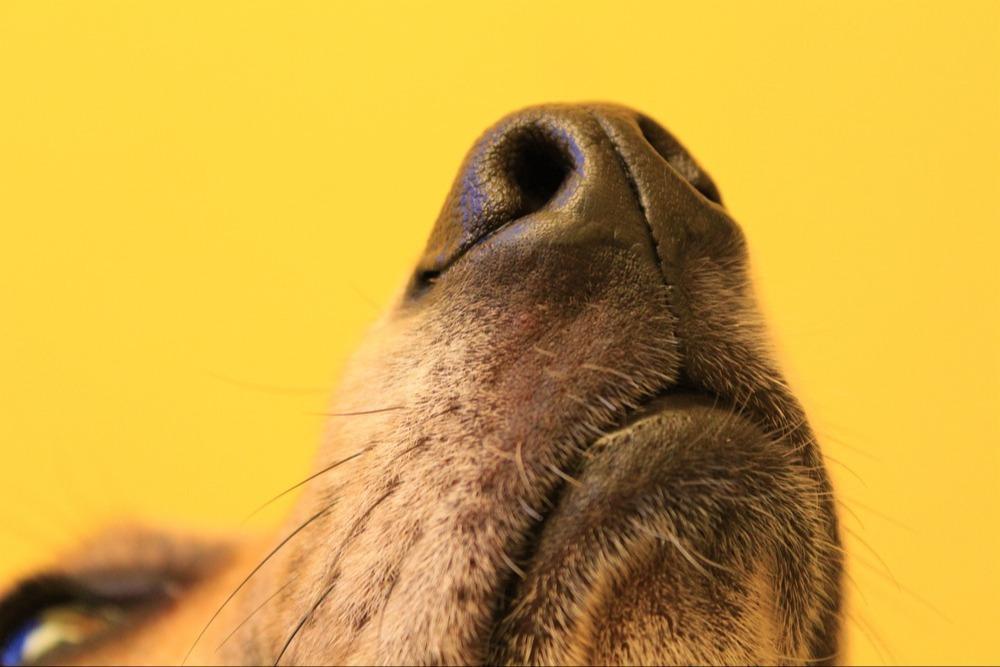
Disease ManagementGeneral HealthGut HealthDigestionDigestive HealthDogs
5 Brain Games for the Nosey Dog
Aug 08 2022
•
3 mins
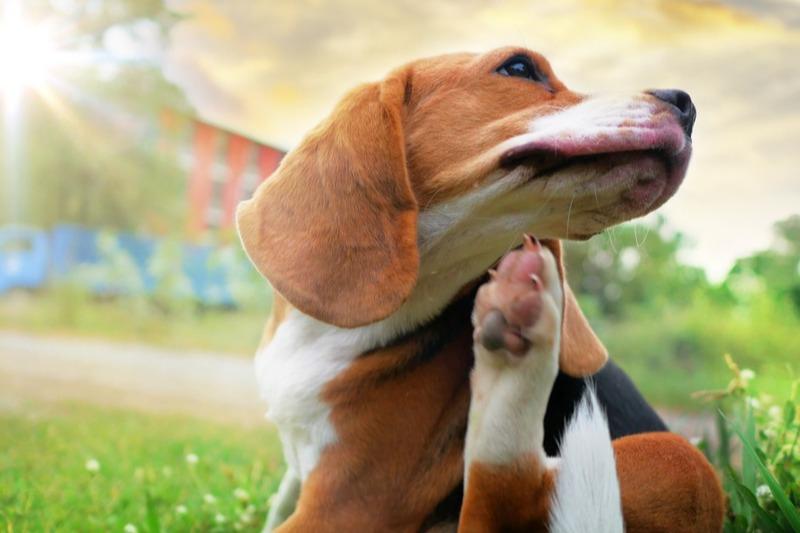
Disease ManagementGeneral HealthGut HealthDigestionDigestive HealthDogs
Things To Think About: Skin Health in Dogs
Aug 01 2022
•
7 mins 30 secs
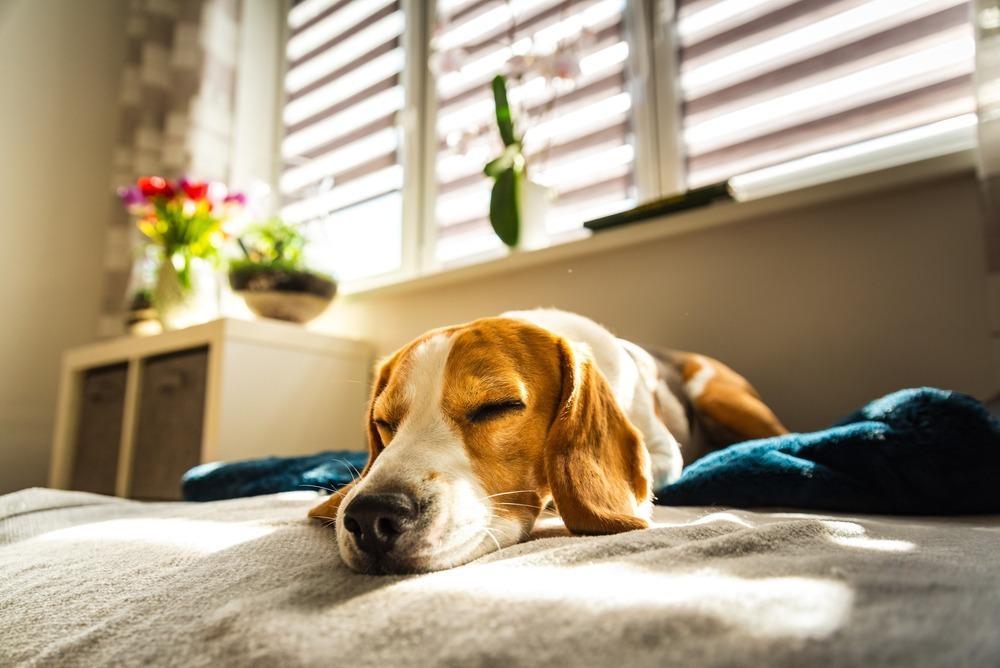
Disease ManagementGeneral HealthGut HealthDigestionDigestive HealthDogs
Keeping Dogs Safe in Summer
Jul 18 2022
•
3 mins 25 secs
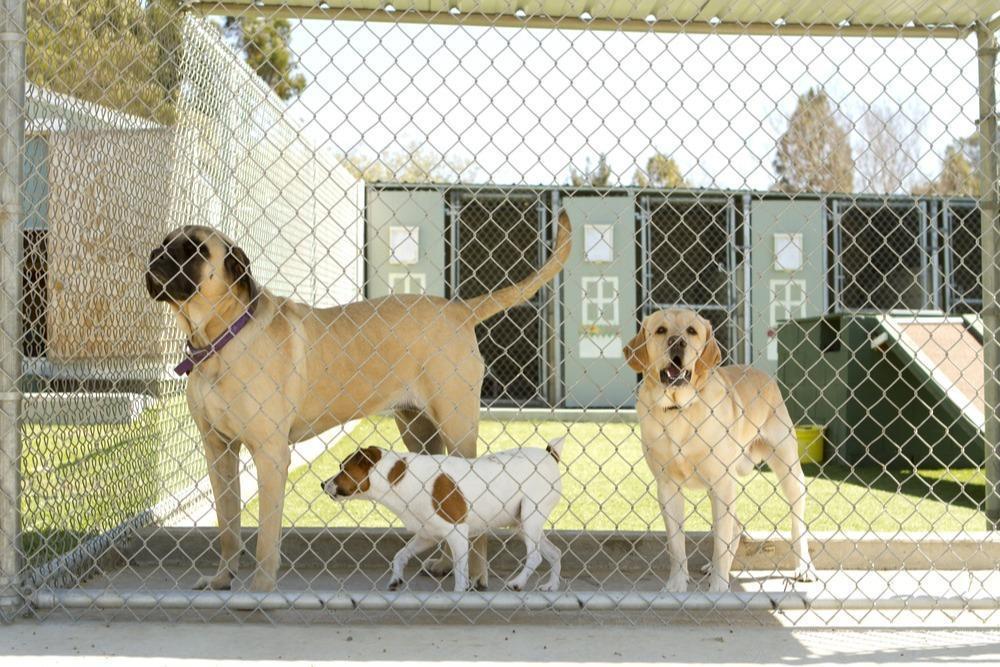
Disease ManagementGeneral HealthGut HealthDigestionDigestive HealthDogs
Should I Vaccinate My Dog Against Kennel Cough?
Jul 11 2022
•
4 mins 59 secs
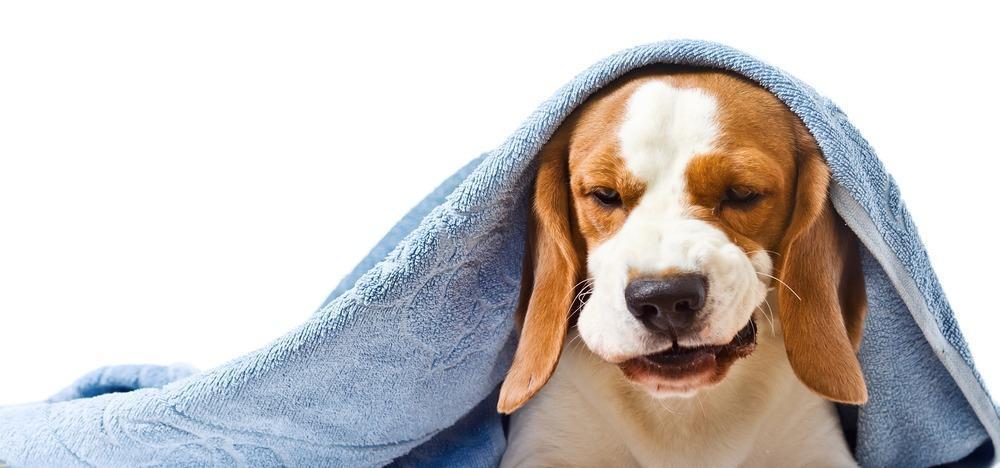
Disease ManagementGeneral HealthGut HealthDigestionDigestive HealthDogs
Natural Remedies For Kennel Cough in Dogs
Jul 11 2022
•
4 mins 42 secs
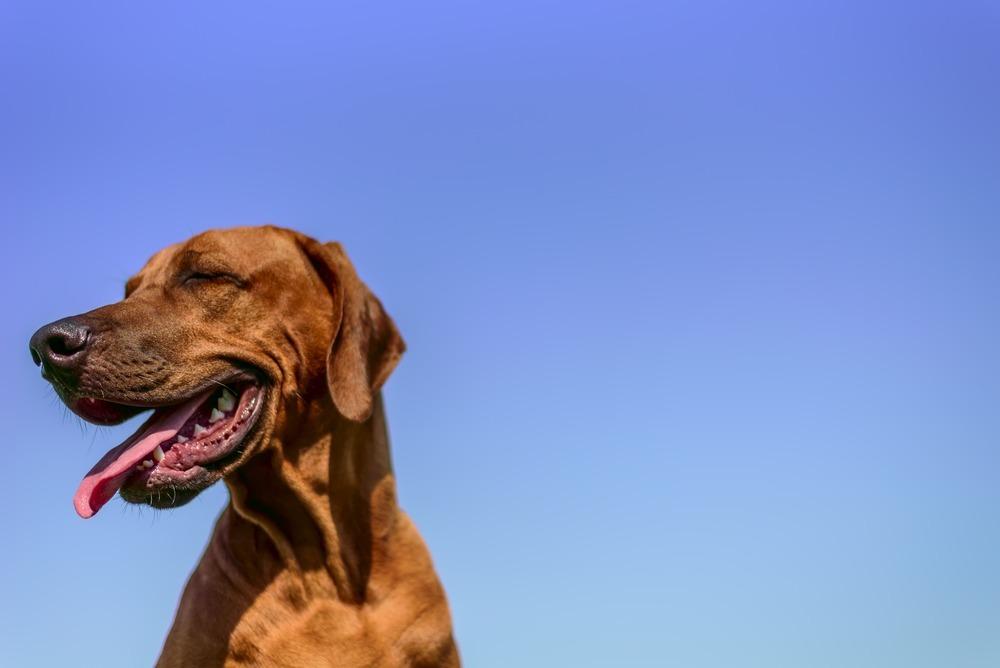
Disease ManagementGeneral HealthGut HealthDigestionDigestive HealthDogs
Nutrients for Skin Health in Dogs
Jul 04 2022
•
3 mins 29 secs
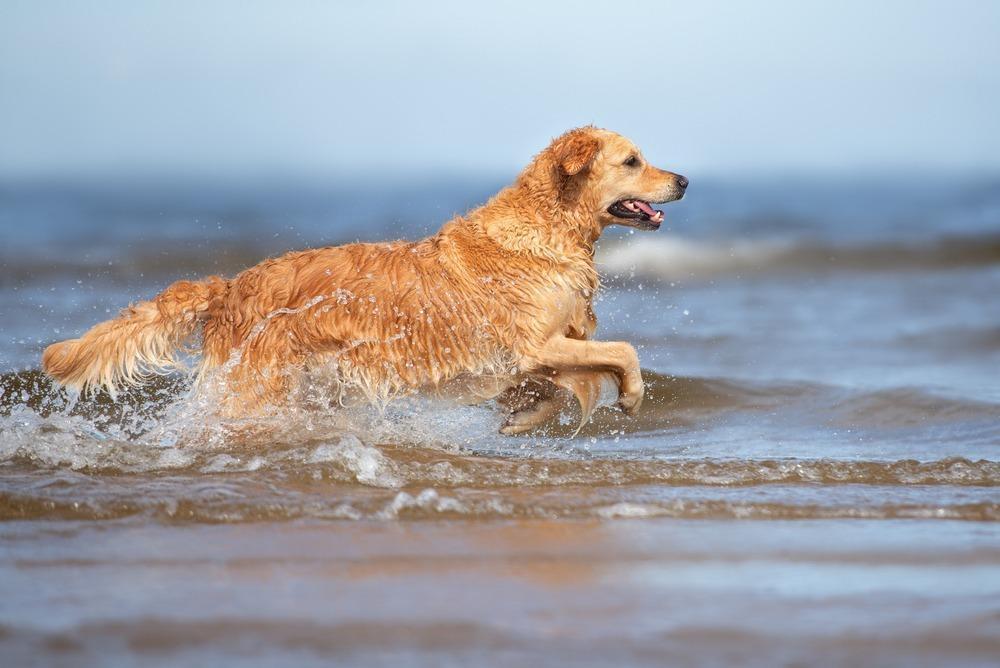
Disease ManagementGeneral HealthGut HealthDigestionDigestive HealthDogs
The Top Five Water Hazards For Dogs
Jun 27 2022
•
3 mins 13 secs

Disease ManagementGeneral HealthGut HealthDigestionDigestive HealthDogs
Should I Feed My Dog, Chicken and Rice?
Jun 27 2022
•
5 mins 37 secs
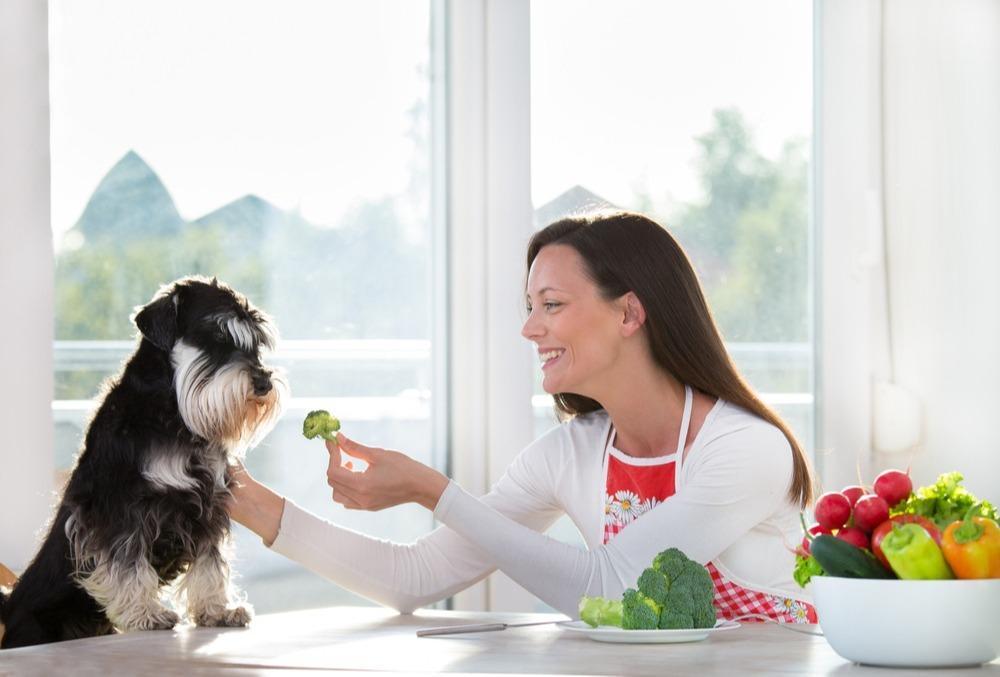
Disease ManagementGeneral HealthGut HealthDigestionDigestive HealthDogs
4 Times You Don’t Want To Feed Veg To Your Dog
Jun 21 2022
•
3 mins 58 secs
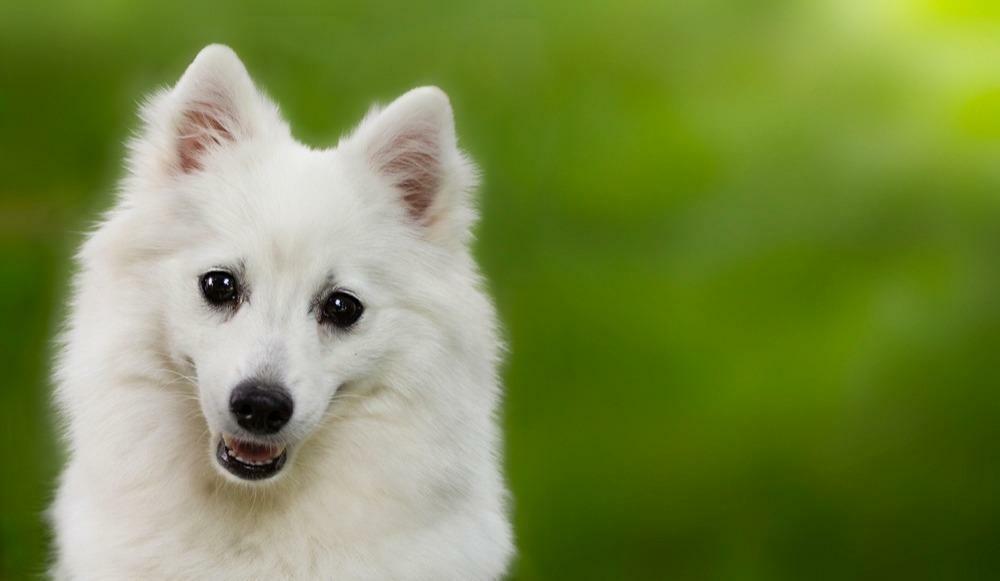
Disease ManagementGeneral HealthGut HealthDigestionDigestive HealthDogs
How To Support My Dog’s Liver Shunt
Jun 20 2022
•
4 mins 46 secs

Disease ManagementGeneral HealthGut HealthDigestionDigestive HealthDogs
Could My Dog’s Coat Type Contribute to Skin Issues?
Jun 16 2022
•
7 mins
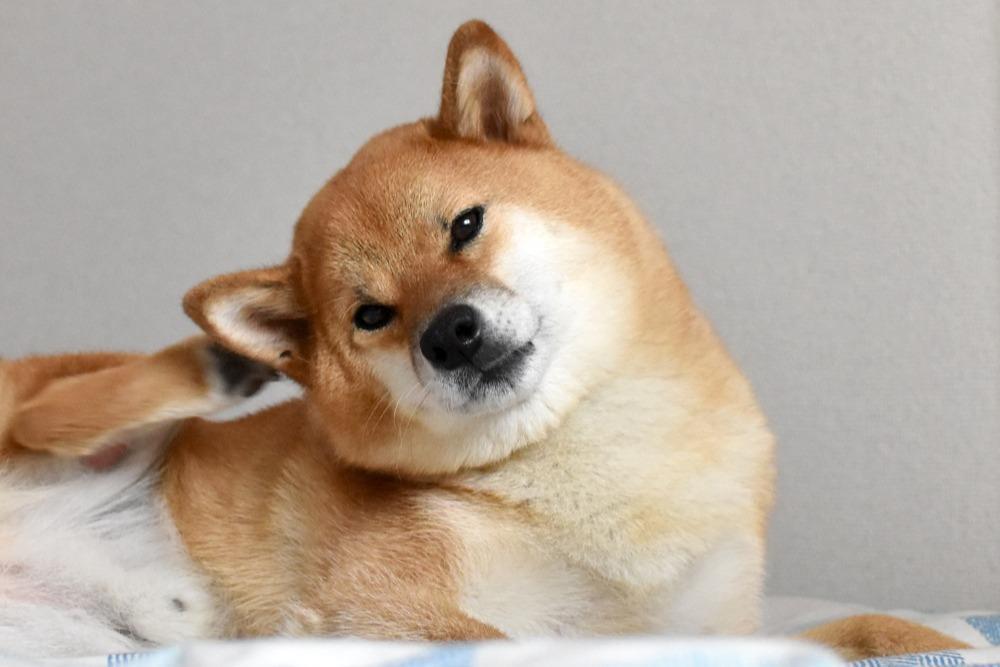
Disease ManagementGeneral HealthGut HealthDigestionDigestive HealthDogs
Help! My Dog’s Ears Are Itchy!
Jun 14 2022
•
3 mins 38 secs
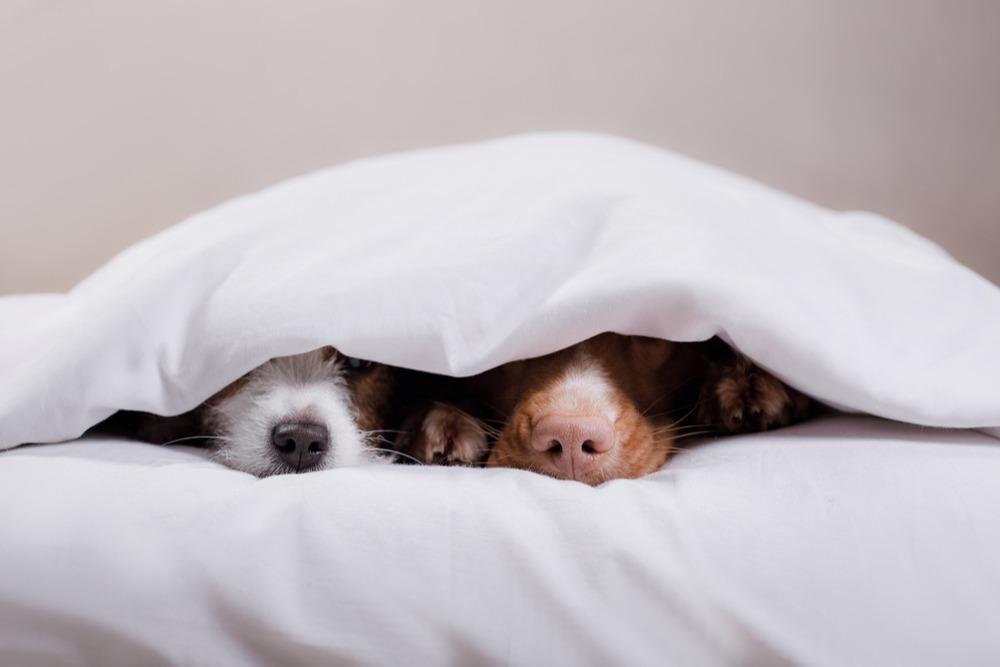
Disease ManagementGeneral HealthGut HealthDigestionDigestive HealthDogs
The Neuroscience of Pain In Pets
Jun 07 2022
•
5 mins 32 secs
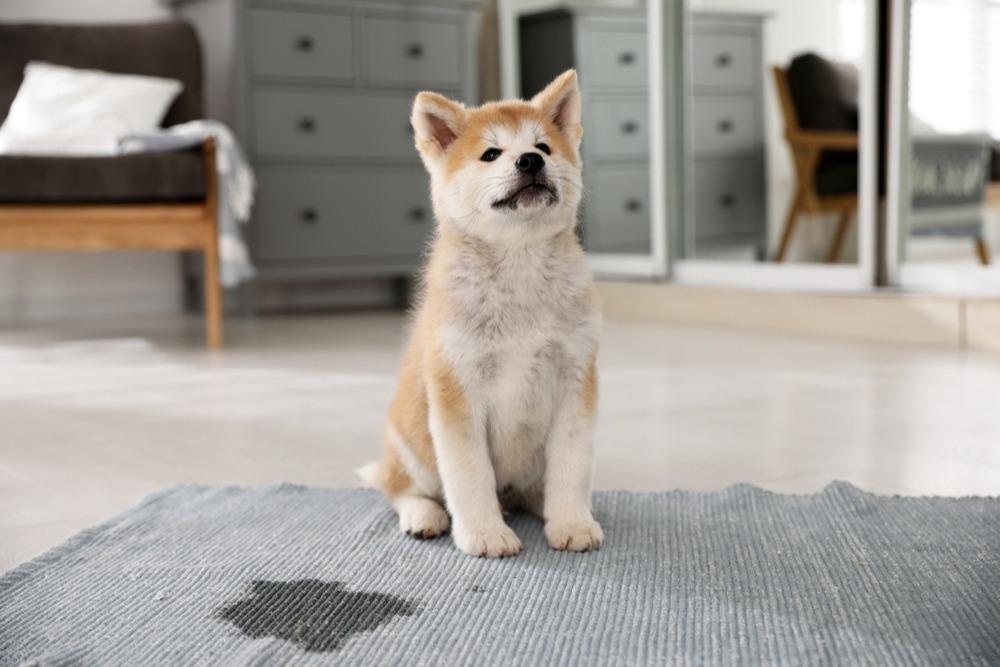
Disease ManagementGeneral HealthGut HealthDigestionDigestive HealthDogs
3 Tips to Support Your Pet’s Urinary Health
May 26 2022
•
4 mins 46 secs
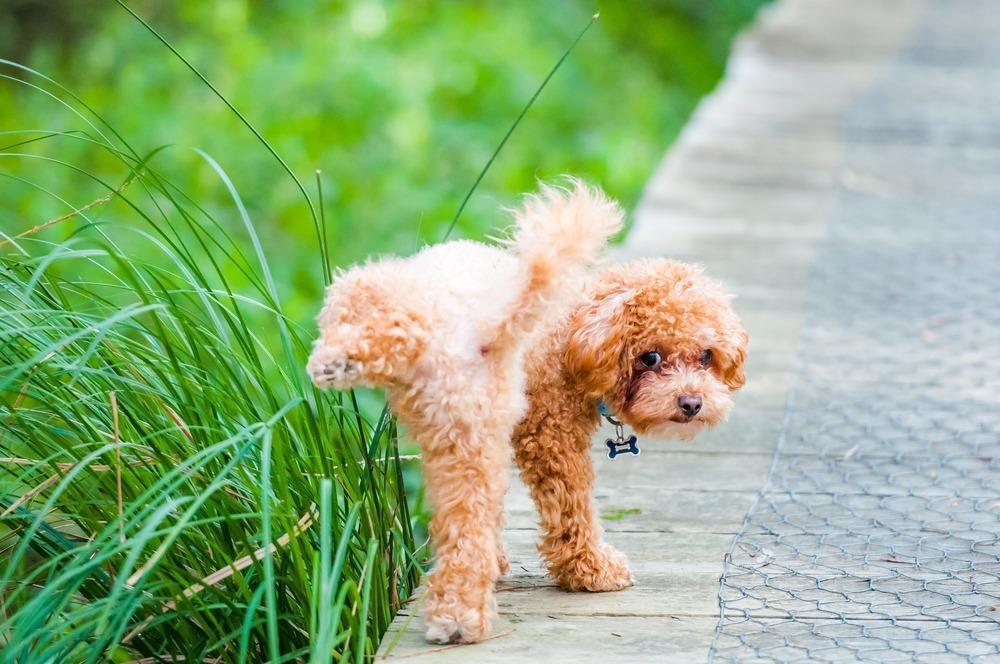
Disease ManagementGeneral HealthGut HealthDigestionDigestive HealthDogs
What Does the Microbiome Have to Do With My Dog’s Bladder Stones?
May 24 2022
•
6 mins 39 secs
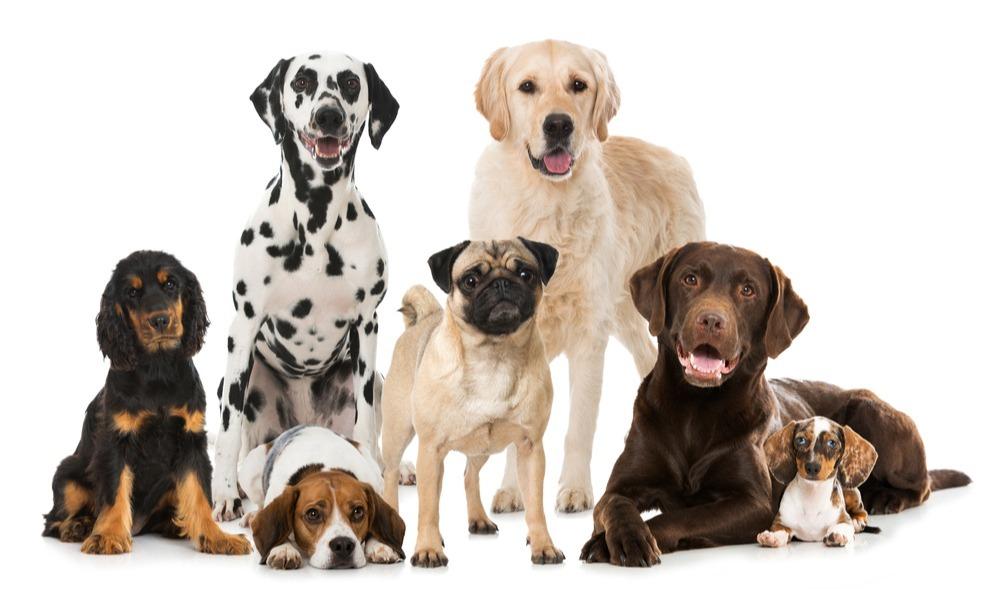
Disease ManagementGeneral HealthGut HealthDigestionDigestive HealthDogs
Does the Breed of My Dog Influence their Test Results?
May 19 2022
•
2 mins 56 secs
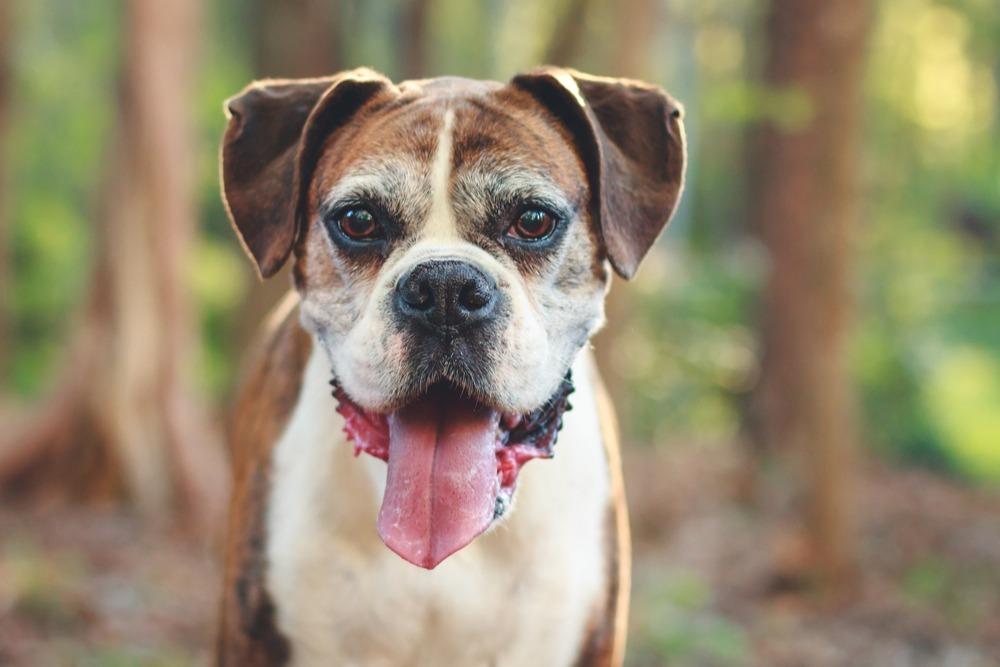
Disease ManagementGeneral HealthGut HealthDigestionDigestive HealthDogs
The Nutritional Needs of the Senior Dog
May 12 2022
•
5 mins 26 sec
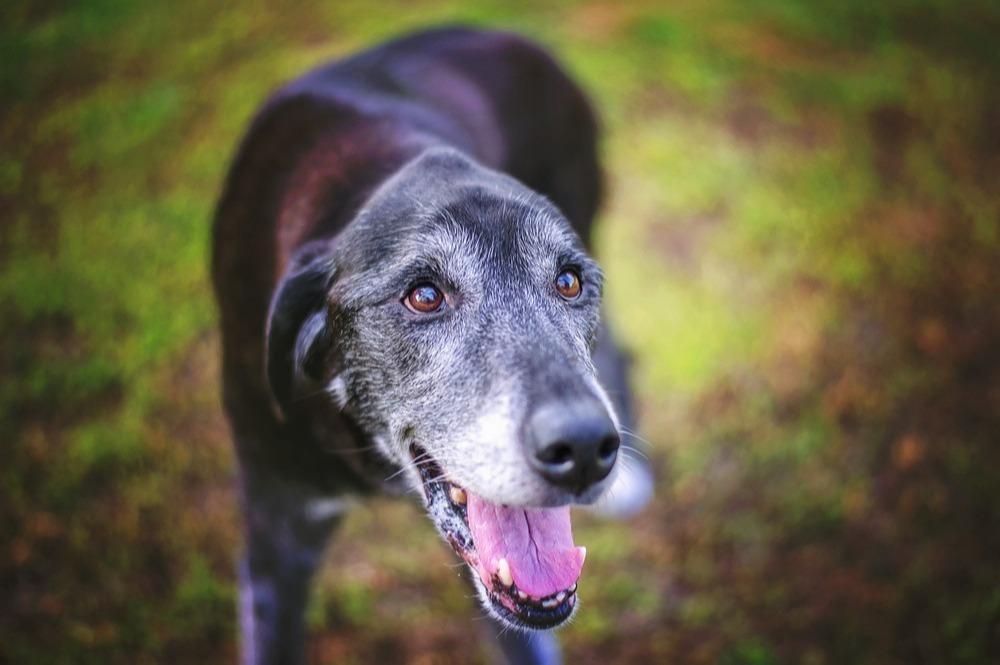
Disease ManagementGeneral HealthGut HealthDigestionDigestive HealthDogs
Supporting The Senior Dog’s Cognitive Function
May 05 2022
•
5 mins 58 secs
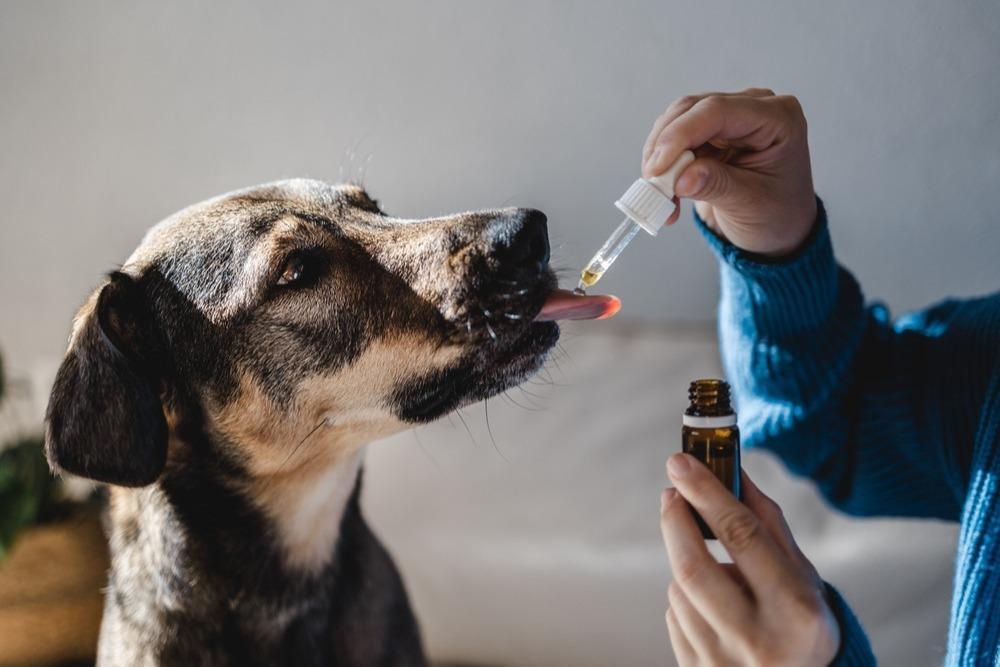
Disease ManagementGeneral HealthGut HealthDigestionDigestive HealthDogs
Do Herbs Have a Place in Canine Osteoarthritis?
May 03 2022
•
4 mins 35 secs
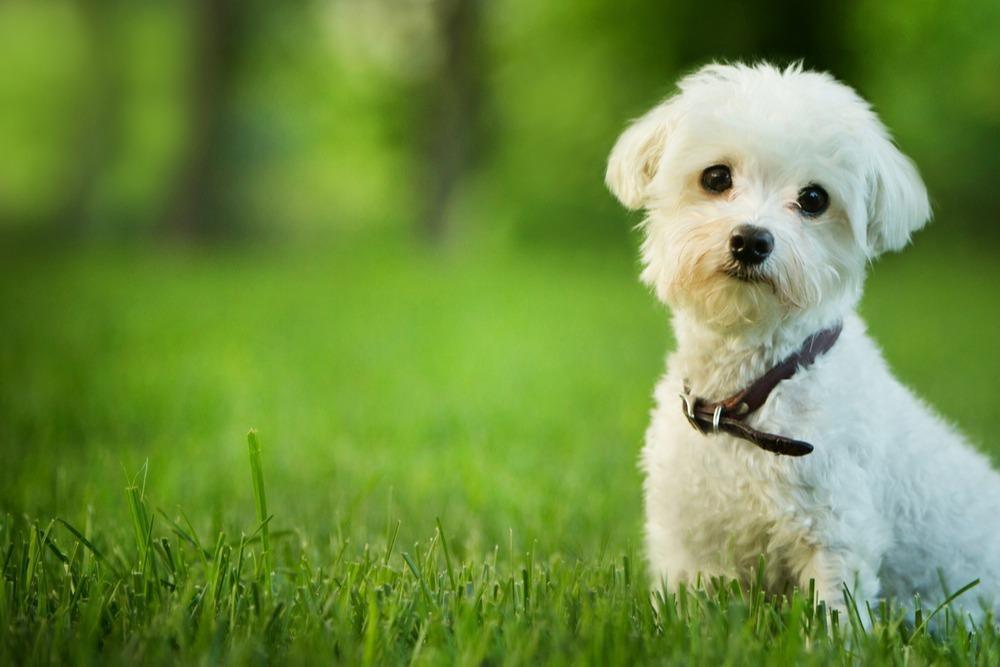
Disease ManagementGeneral HealthGut HealthDigestionDigestive HealthDogs
5 Tips to Support Your Seasonally Itchy Dog
Apr 26 2022
•
4 mins 50 secs
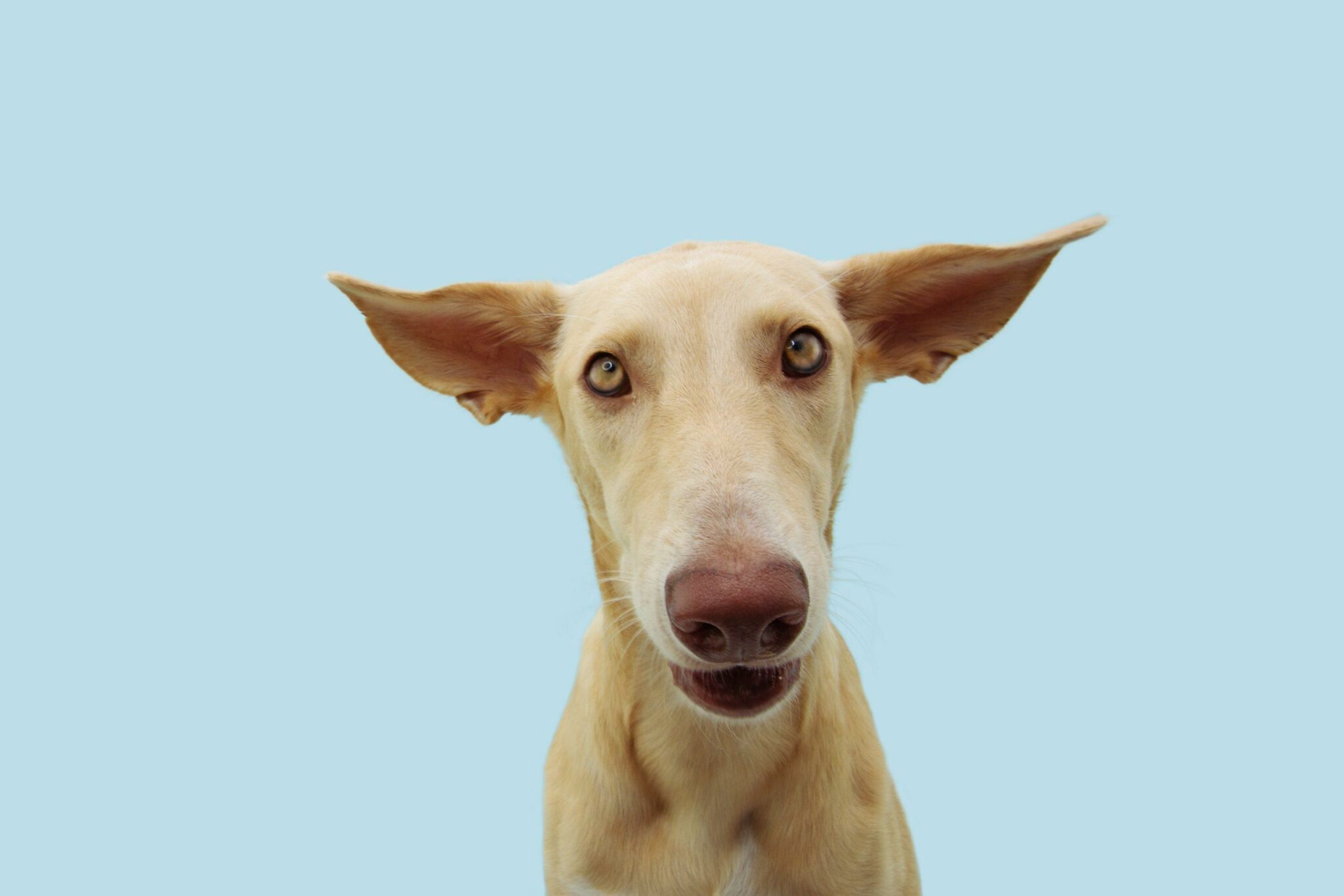
Disease ManagementGeneral HealthGut HealthDigestionDigestive HealthDogs
Using Nutrition to Support The Stressed Dog
Apr 13 2022
•
8 mins 11 secs
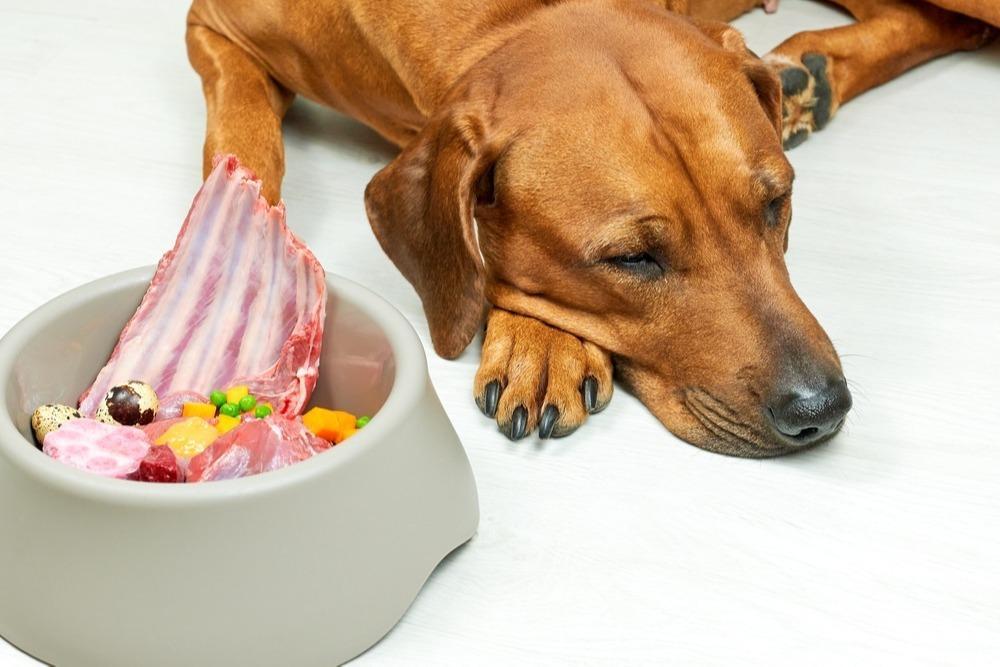
Disease ManagementGeneral HealthGut HealthDigestionDigestive HealthDogs
4 Nutrients For The Fussy Eating Dog
Apr 11 2022
•
3 mins 58 secs
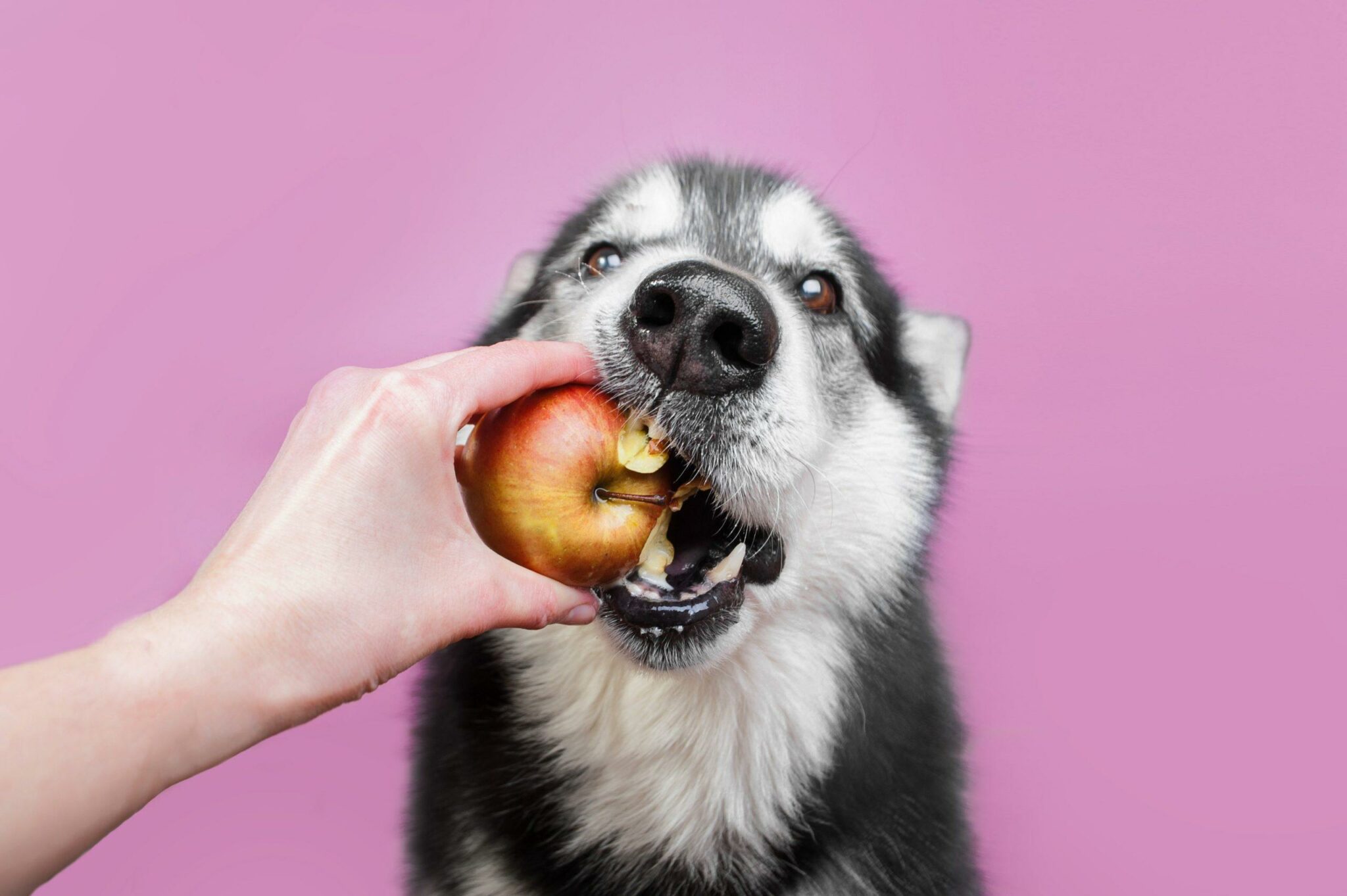
Disease ManagementGeneral HealthGut HealthDigestionDigestive HealthDogs
7 Foods That Add Fibre To Your Dog’s Diet
Mar 21 2022
•
5 mins 2 secs
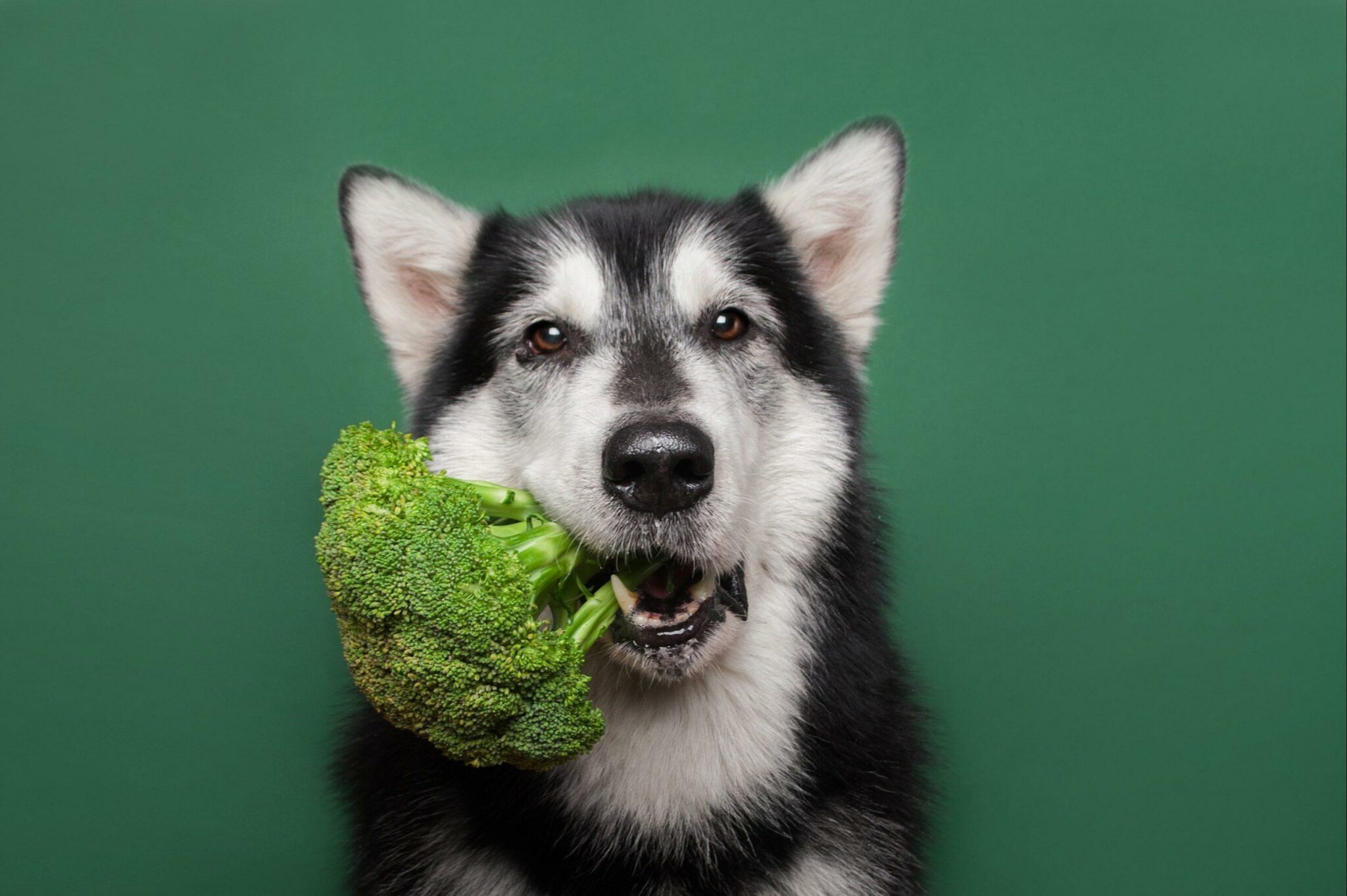
Disease ManagementGeneral HealthGut HealthDigestionDigestive HealthDogs
What Are Phytochemicals and Does My Dog Need Them?
Mar 14 2022
•
4 mins 46 secs

Disease ManagementGeneral HealthGut HealthDigestionDigestive HealthDogs
Nutrition for the Recovering Dog
Mar 14 2022
•
5 mins 18 secs

Disease ManagementGeneral HealthGut HealthDigestionDigestive HealthDogs
What is Addison’s Disease in Dogs?
Mar 07 2022
•
2 mins 40 secs
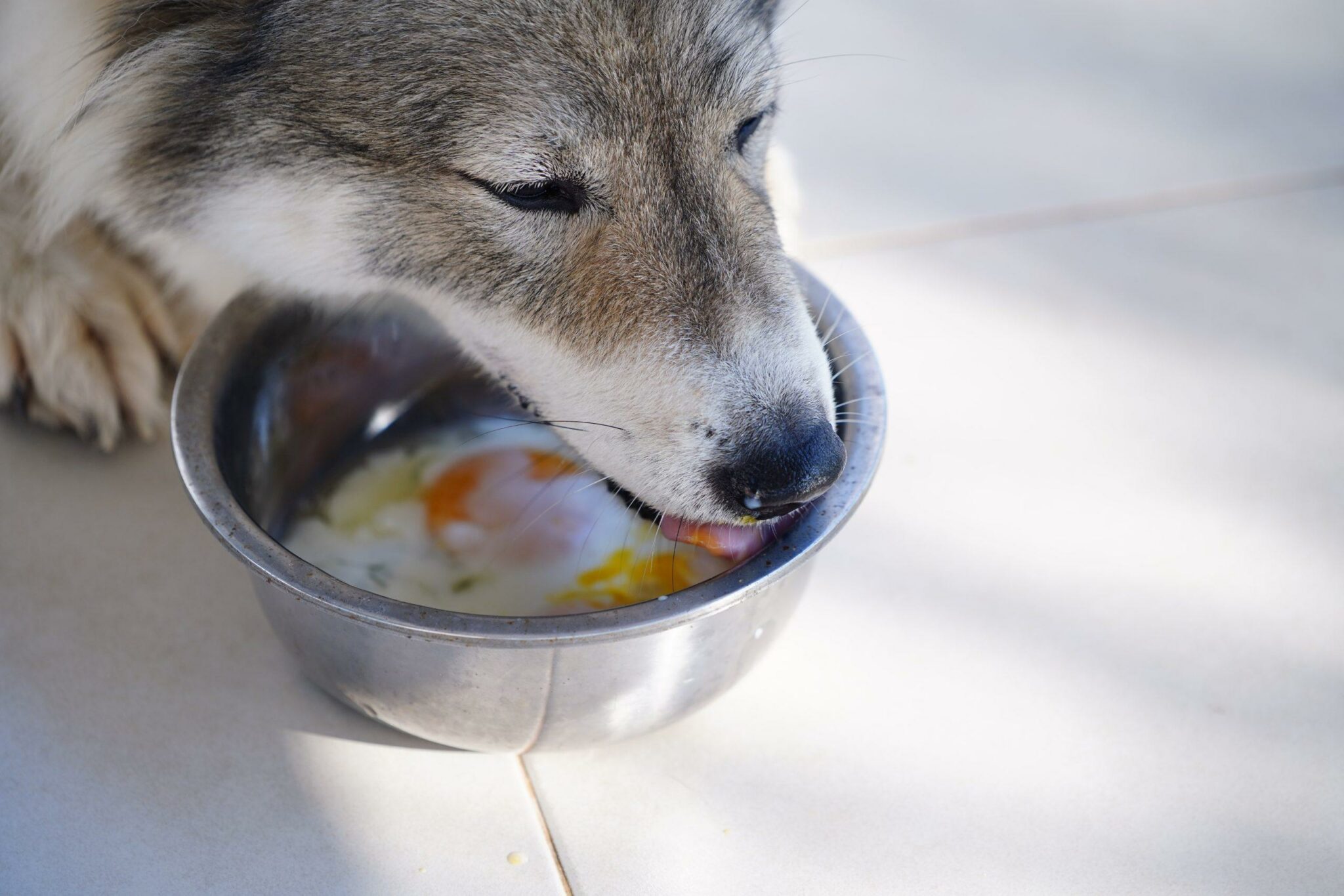
Disease ManagementGeneral HealthGut HealthDigestionDigestive HealthDogs
Can My Dog Eat Raw Eggs?
Feb 28 2022
•
3 mins 48 secs
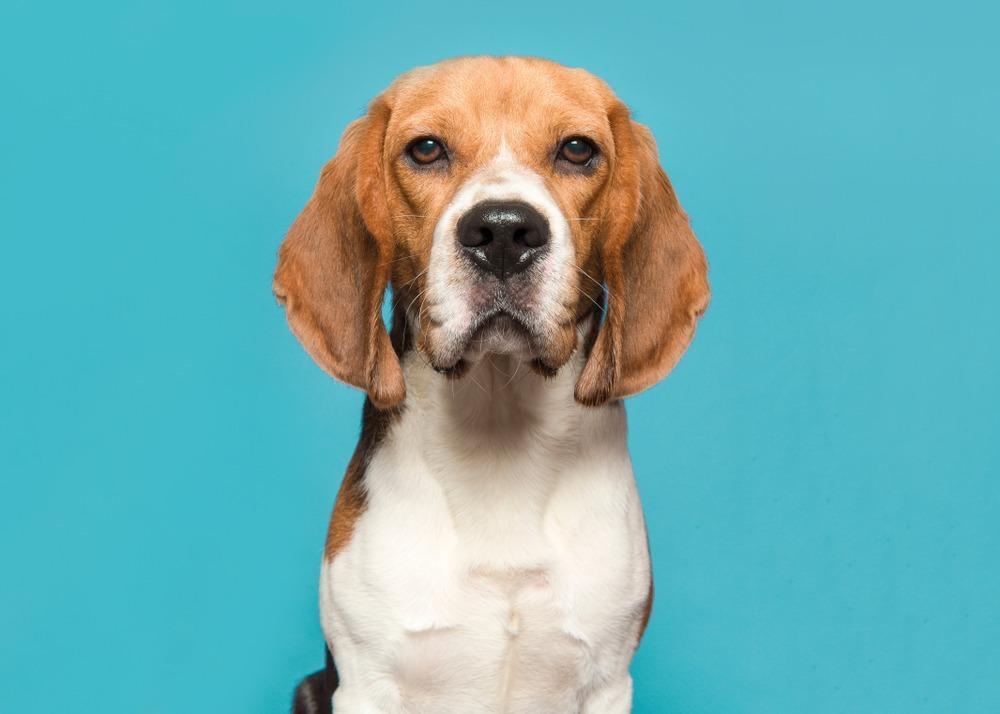
Disease ManagementGeneral HealthGut HealthDigestionDigestive HealthDogs
What is Canine Epilepsy?
Feb 22 2022
•
4 mins 56 secs
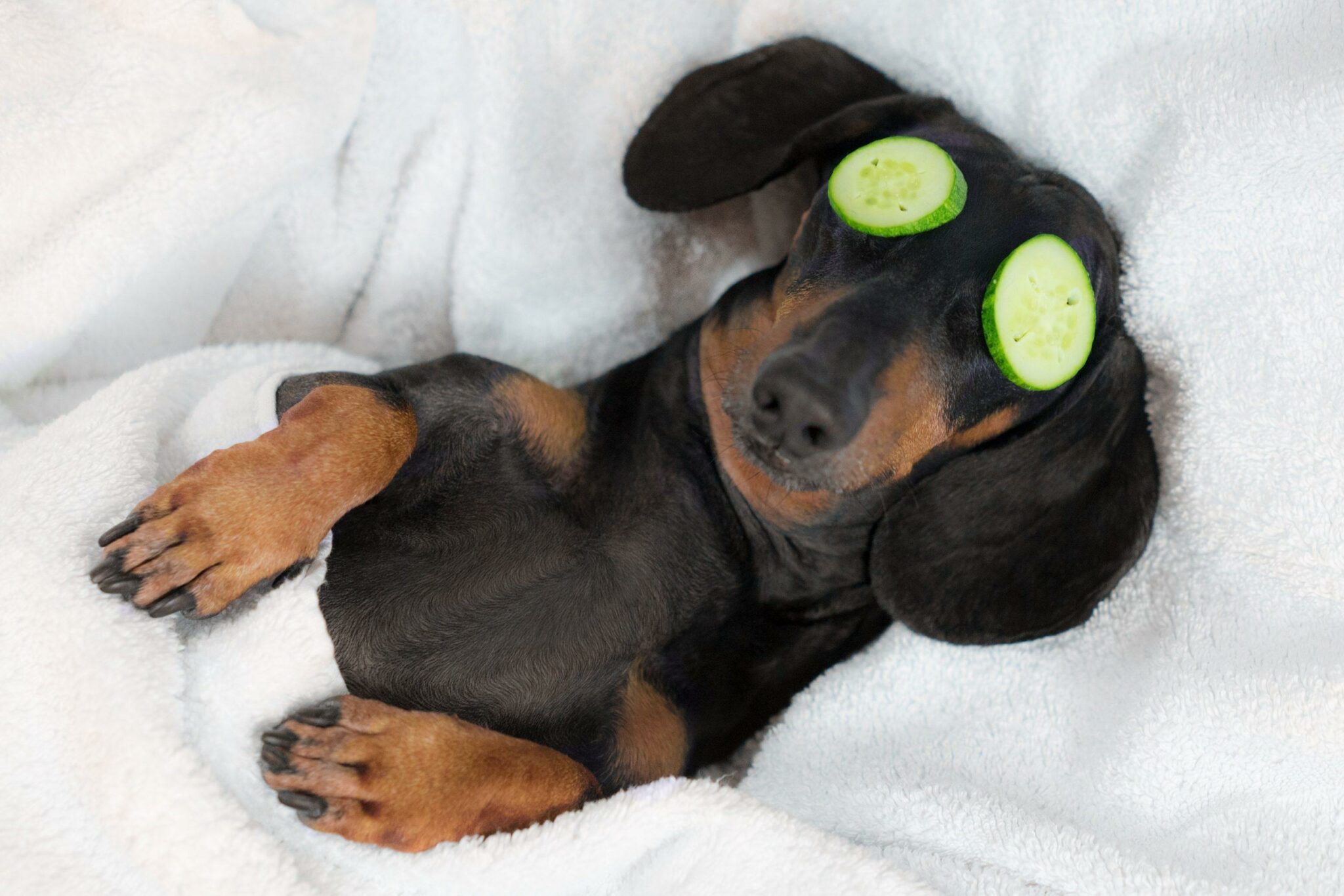
Disease ManagementGeneral HealthGut HealthDigestionDigestive HealthDogs
Does My Dog Have A Gut-Skin Axis?
Feb 14 2022
•
4 mins 48 secs
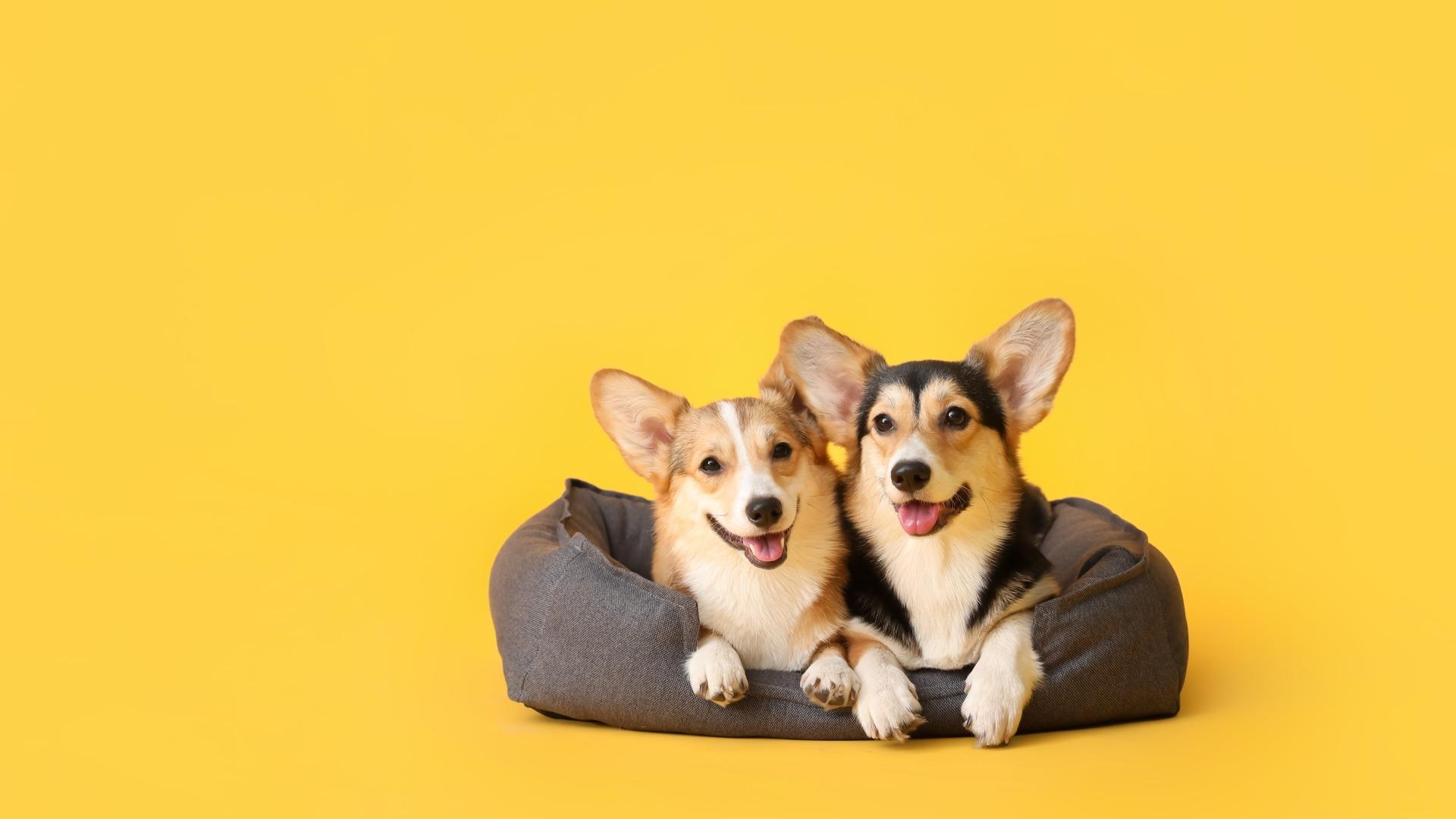
Disease ManagementGeneral HealthGut HealthDigestionDigestive HealthDogs
5 Wonderful Herbs for Dog Joint Care
Feb 07 2022
•
5 mins 3 secs

Disease ManagementGeneral HealthGut HealthDigestionDigestive HealthDogs
Why Does My Dog Need Vitamins? Part Two – The Water-Soluble Vitamins
Jan 24 2022
•
6 mins 42 secs
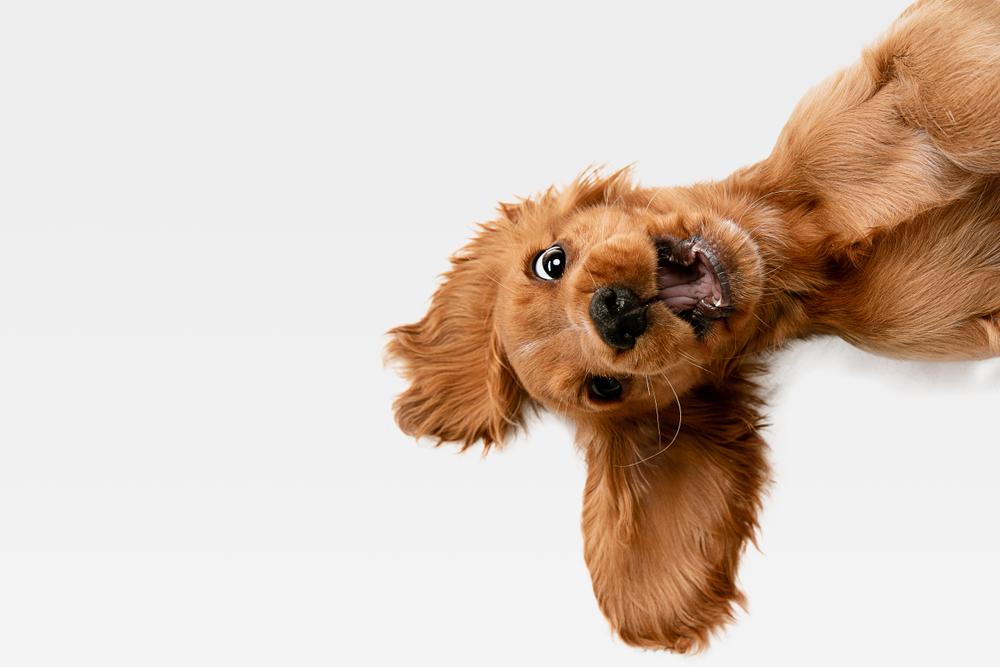
Disease ManagementGeneral HealthGut HealthDigestionDigestive HealthDogs
Why Does My Dog Need Vitamins? Part One – The Fat-Soluble Vitamins
Jan 24 2022
•
5 mins 51 secs
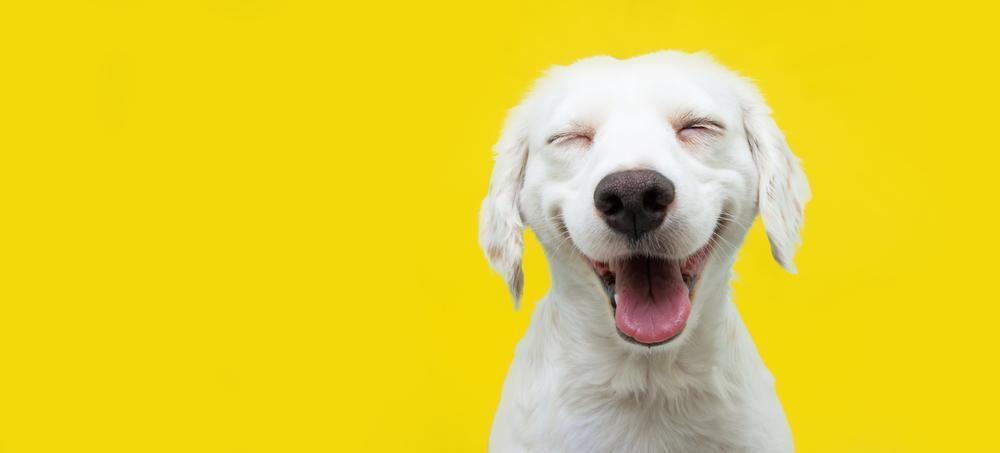
Disease ManagementGeneral HealthGut HealthDigestionDigestive HealthDogs
4 Superfoods for Liver Health in Dogs
Jan 19 2022
•
4 mins 15 secs
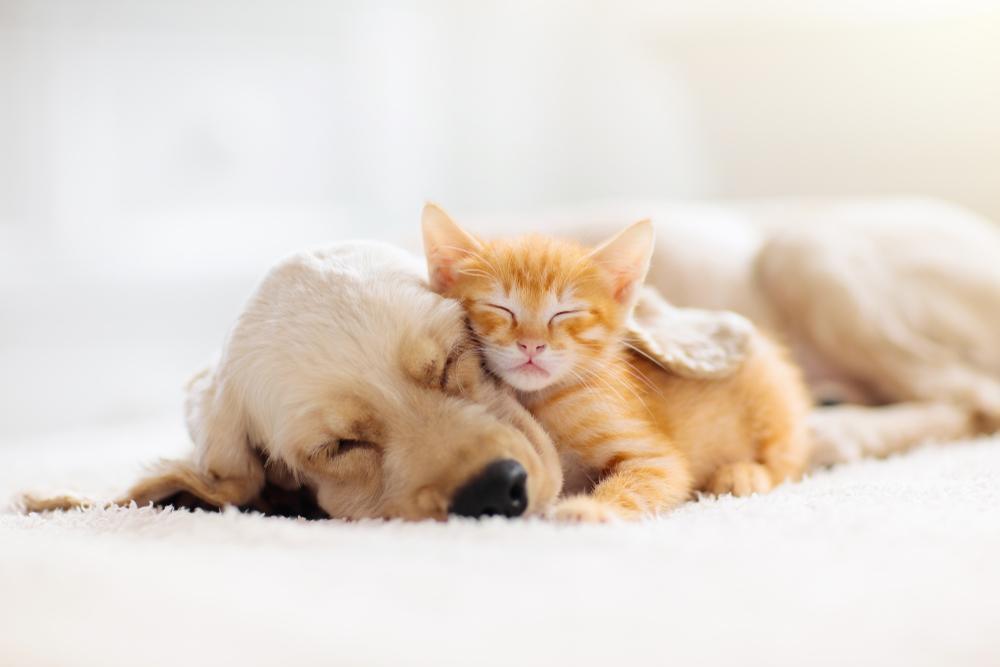
Disease ManagementGeneral HealthGut HealthDigestionDigestive HealthDogs
The Importance of Sleep
Jan 04 2022
•
8 mins 15 secs

Christmas Calm: Our Top Nutritional Tips to Support Your Canine
Dec 22 2021
•
2 mins 43 secs
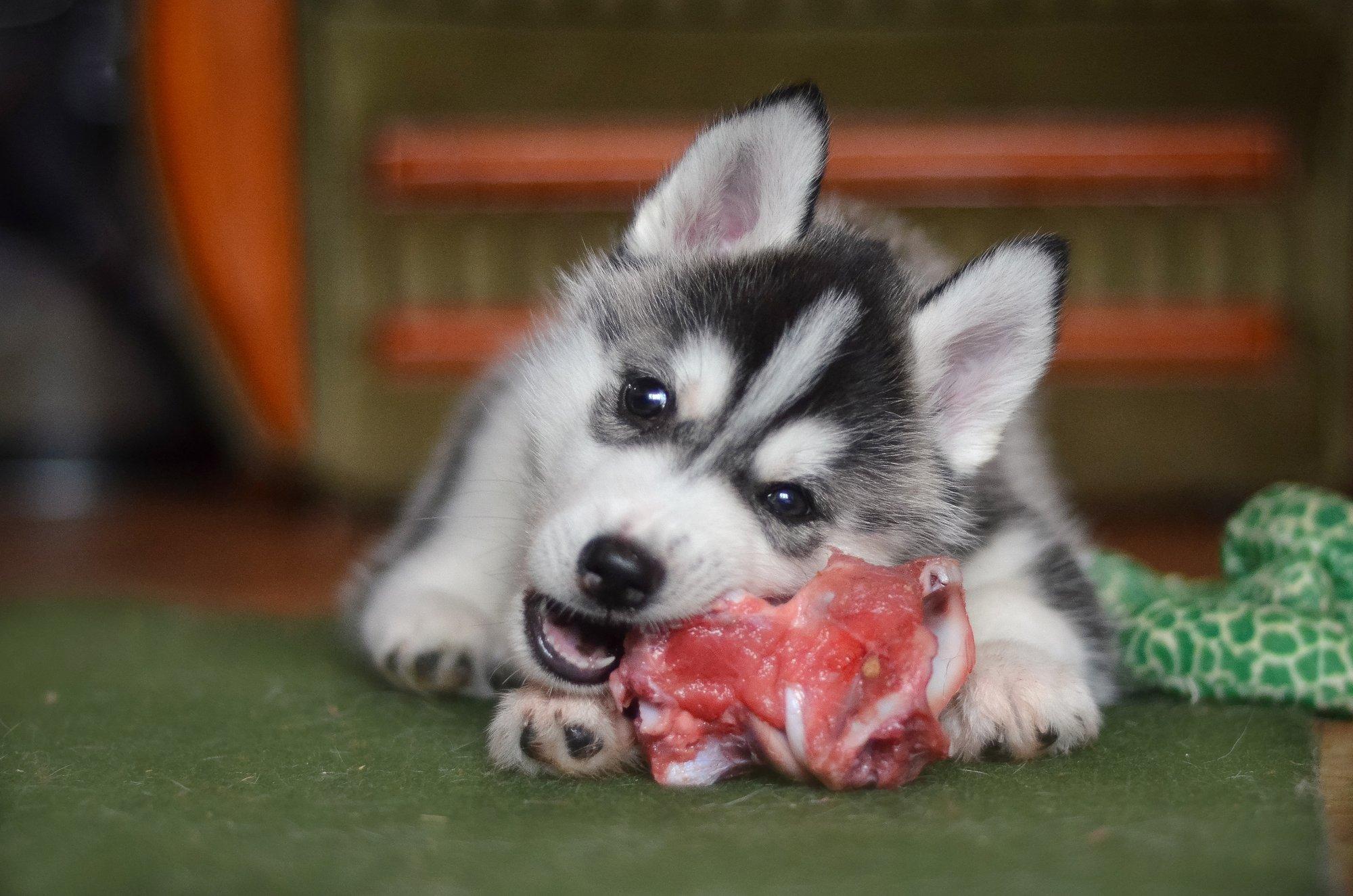
Disease ManagementGeneral HealthGut HealthDigestionDigestive HealthDogs
Feeding Bones: A Mini Guide To Bones
Dec 07 2021
•
5 mins 56 secs
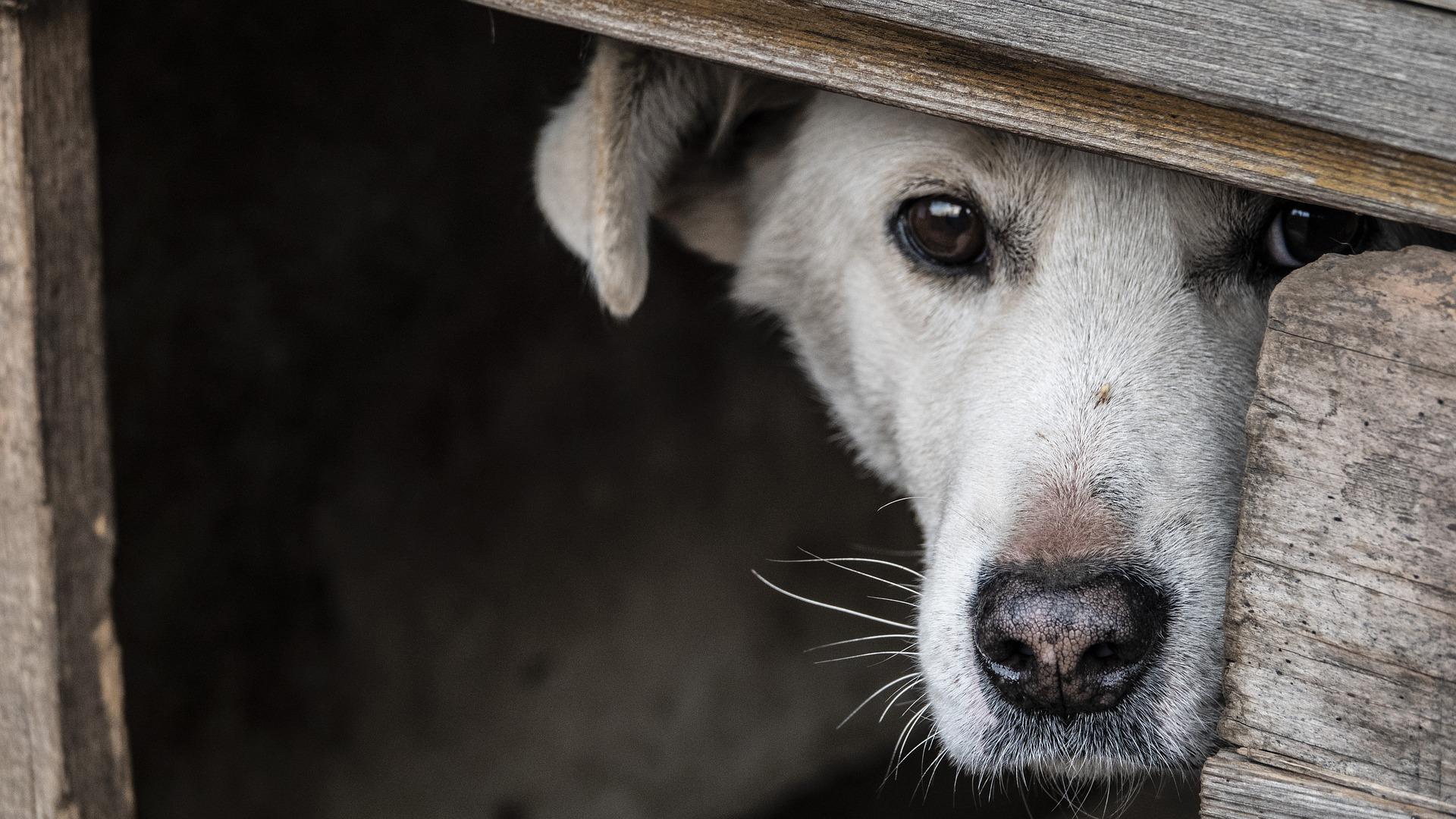
Disease ManagementGeneral HealthGut HealthDigestionDigestive HealthDogs
5 Tips For Anxiety in Dogs
Oct 21 2021
•
4 mins 6 secs
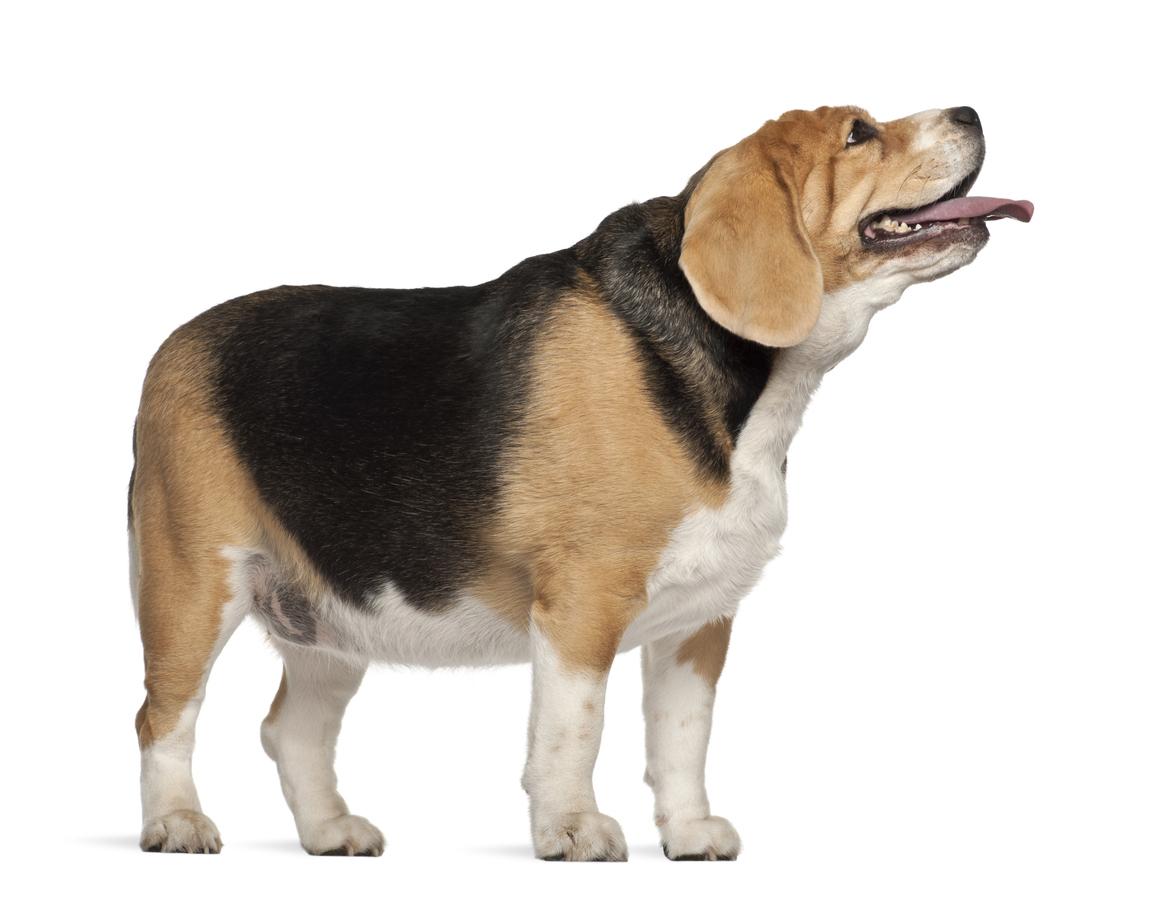
Disease ManagementGeneral HealthGut HealthDigestionDigestive HealthDogs
Top Tips to Help Your Dog Lose Weight
Sep 16 2021
•
5 min read
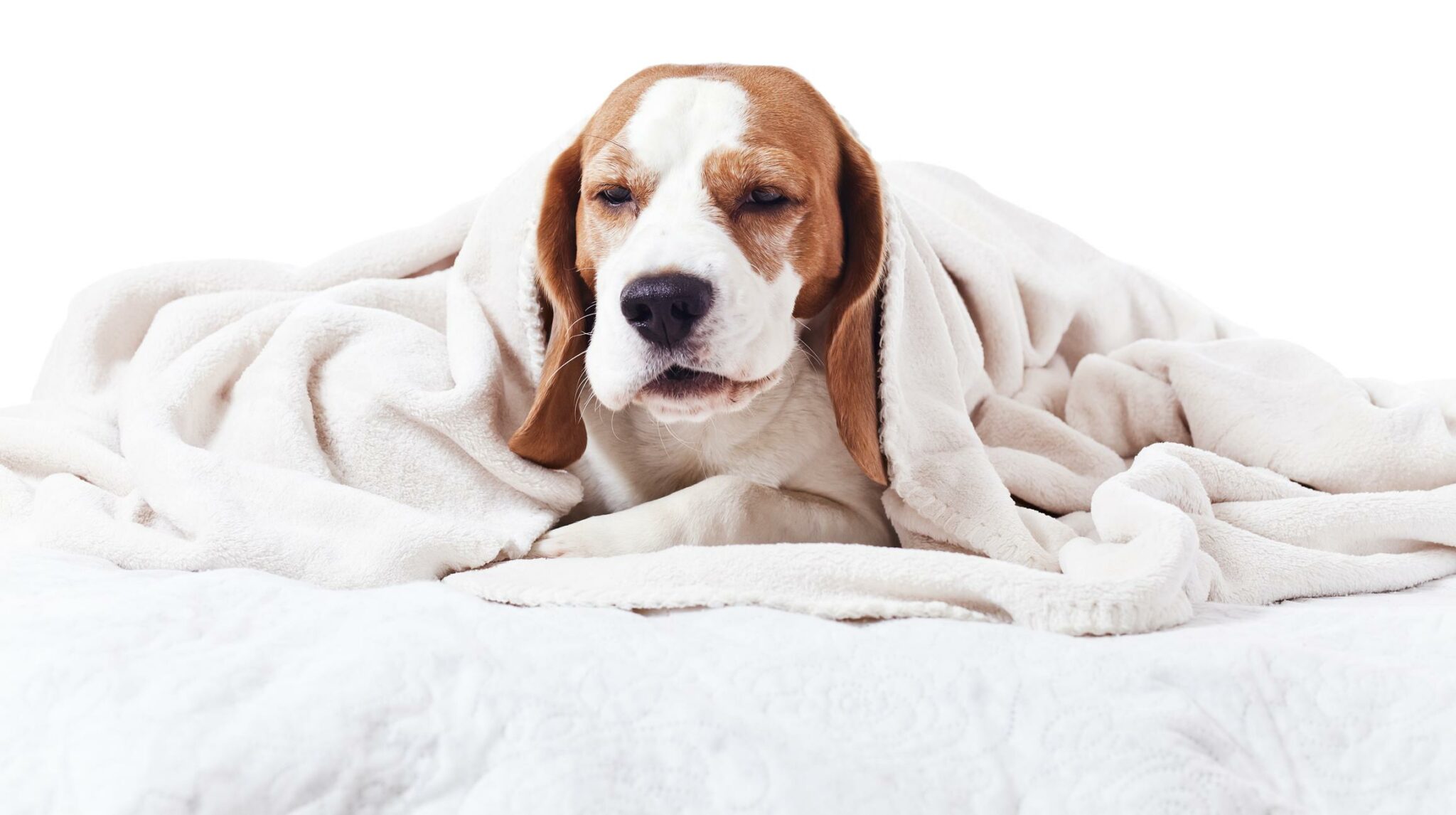
Disease ManagementGeneral HealthGut HealthDigestionDigestive HealthDogs
Kennel Cough: A Natural Guide
Sep 09 2021
•
7 min read
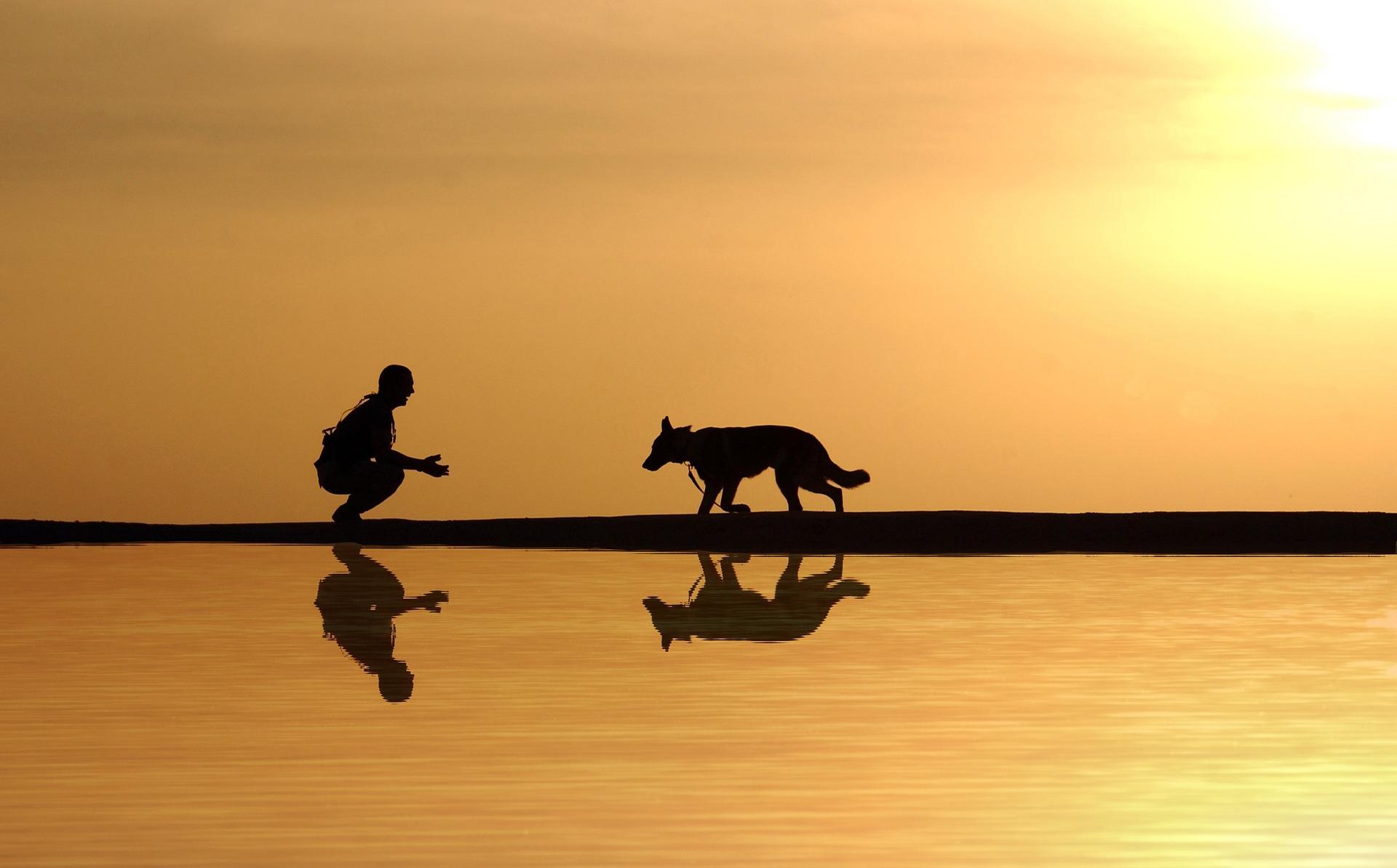
Disease ManagementGeneral HealthGut HealthDigestionDigestive HealthDogs
Why Are Dogs So Loyal?
Sep 04 2021
•
4 min read

Disease ManagementGeneral HealthGut HealthDigestionDigestive HealthDogs
Why Does My Dog Have Warts?
Aug 02 2021
•
6 min read
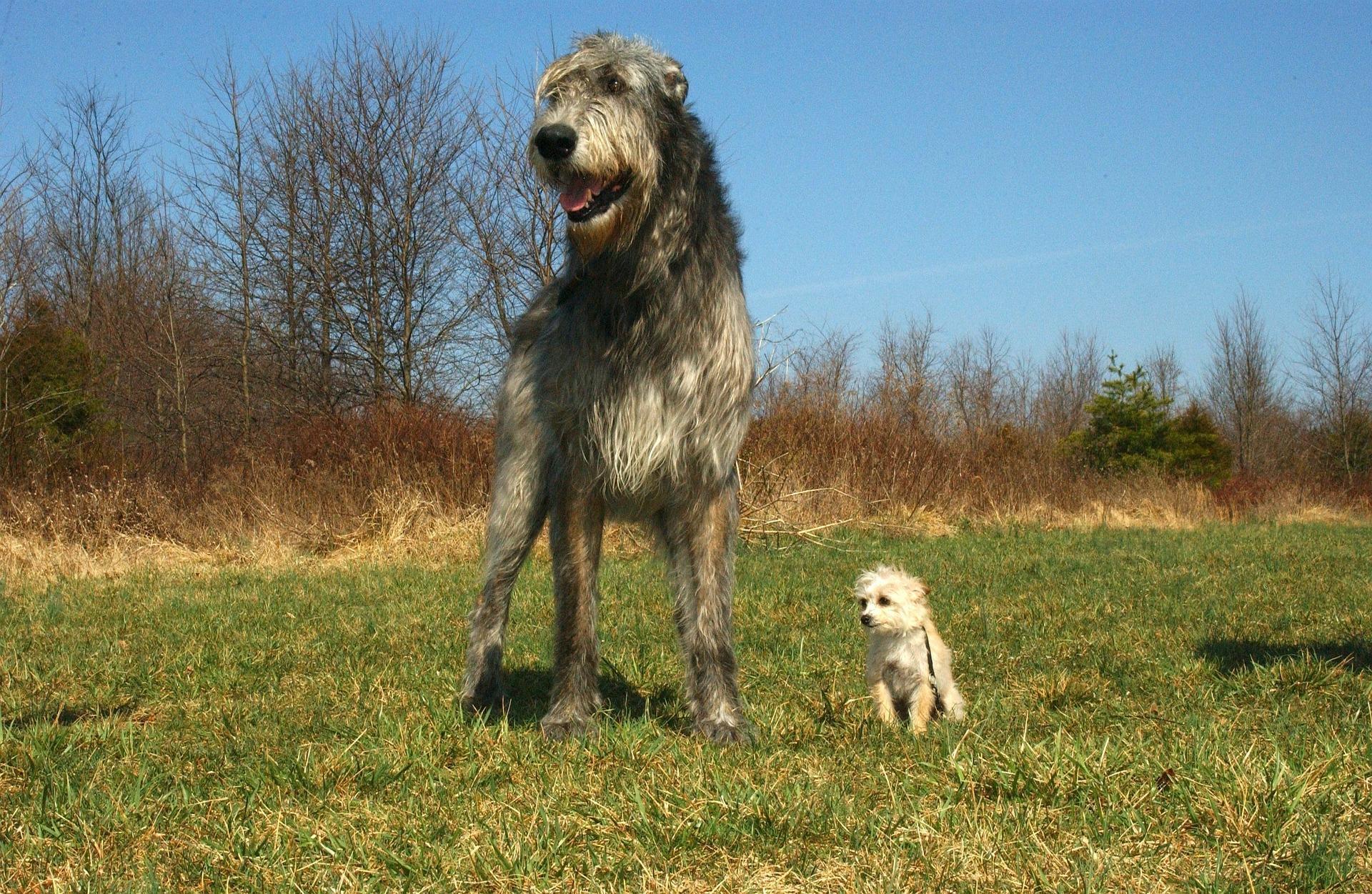
Disease ManagementGeneral HealthGut HealthDigestionDigestive HealthDogs
The Lowdown on Liver Shunts in Dogs
Jun 28 2021
•
6 min read
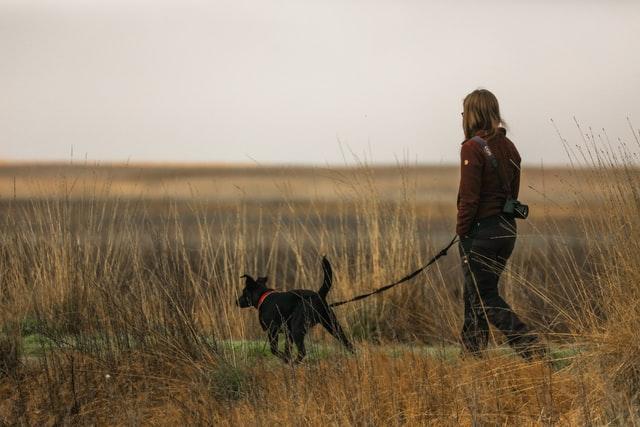
Disease ManagementGeneral HealthGut HealthDigestionDigestive HealthDogs
The Importance of Nature for Human and Dog Health
May 12 2021
•
5 min read
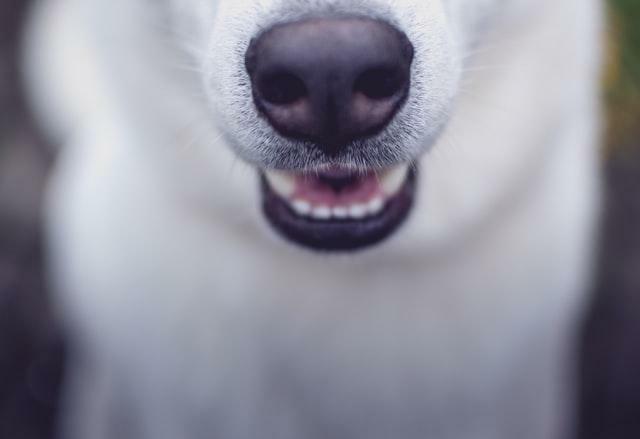
Disease ManagementGeneral HealthGut HealthDigestionDigestive HealthDogs
Periodontal Disease in Dogs
May 04 2021
•
7 min read
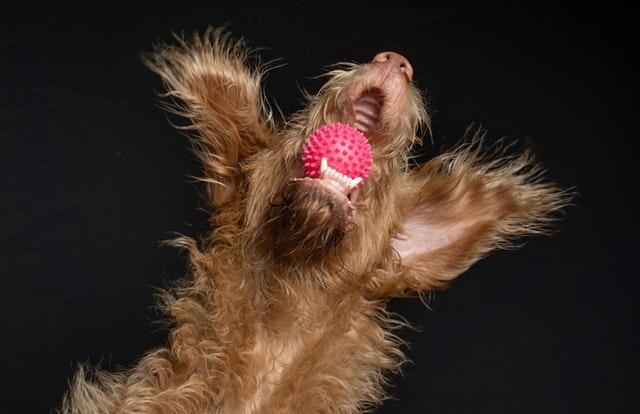
Disease ManagementGeneral HealthGut HealthDigestionDigestive HealthDogs
Dog Brain Games
Apr 29 2021
•
5 min read
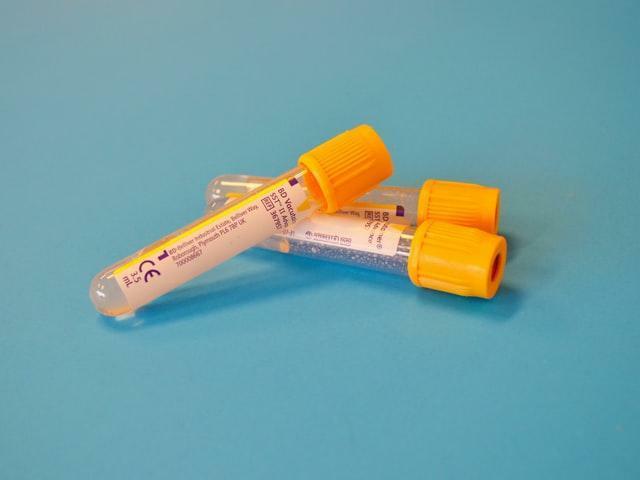
Disease ManagementGeneral HealthGut HealthDigestionDigestive HealthDogs
Does My Dog Need an Allergy Test?
Apr 26 2021
•
7 min read
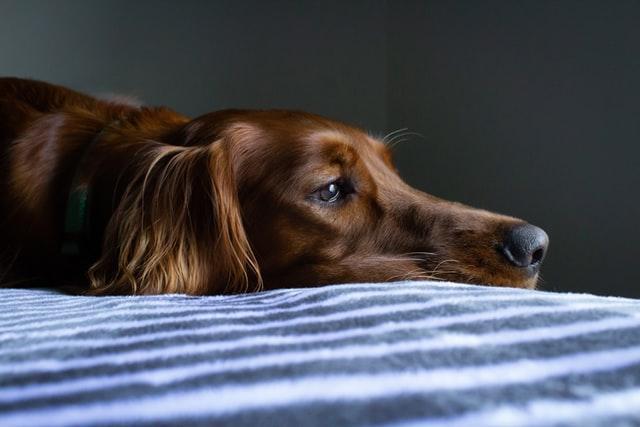
Disease ManagementGeneral HealthGut HealthDigestionDigestive HealthDogs
How Food Affects Your Dog’s Behaviour
Apr 22 2021
•
10 min read
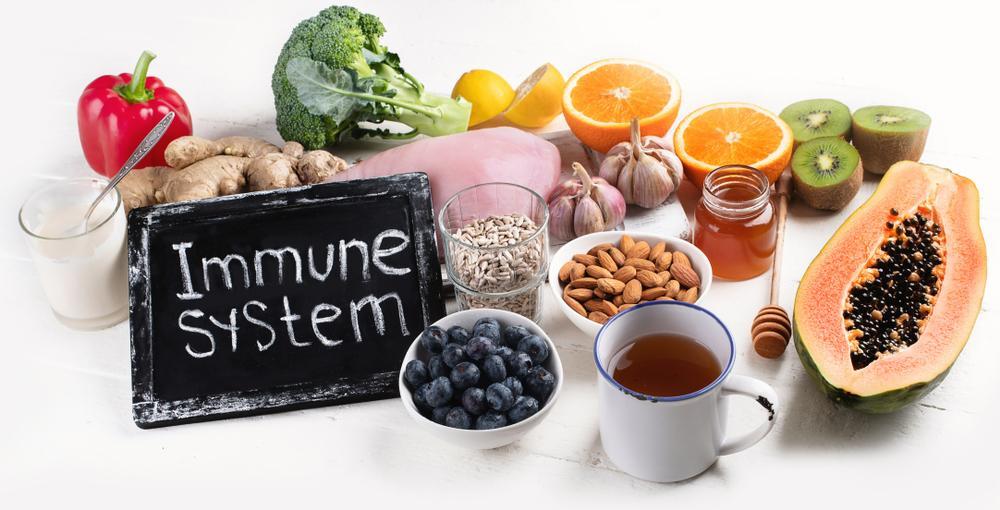
Disease ManagementGeneral HealthGut HealthDigestionDigestive HealthDogs
10 Top Foods For Your Dog’s Immunity
Mar 17 2021
•
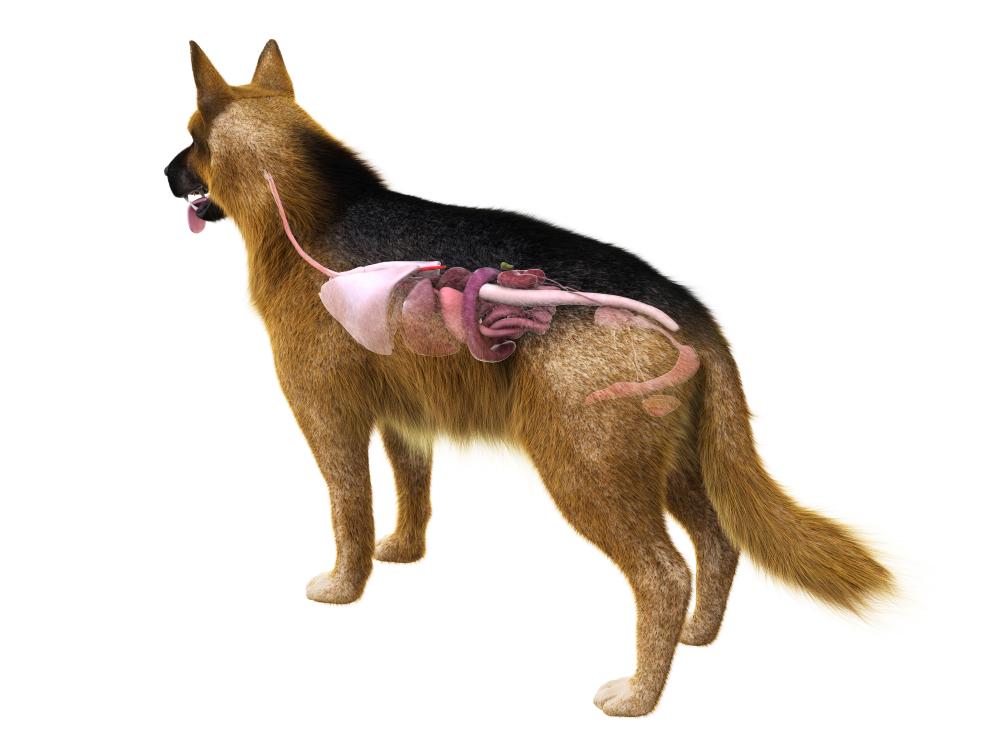
Disease ManagementGeneral HealthGut HealthDigestionDigestive HealthDogs
The Dog’s Digestive System
Mar 12 2021
•
7 min read
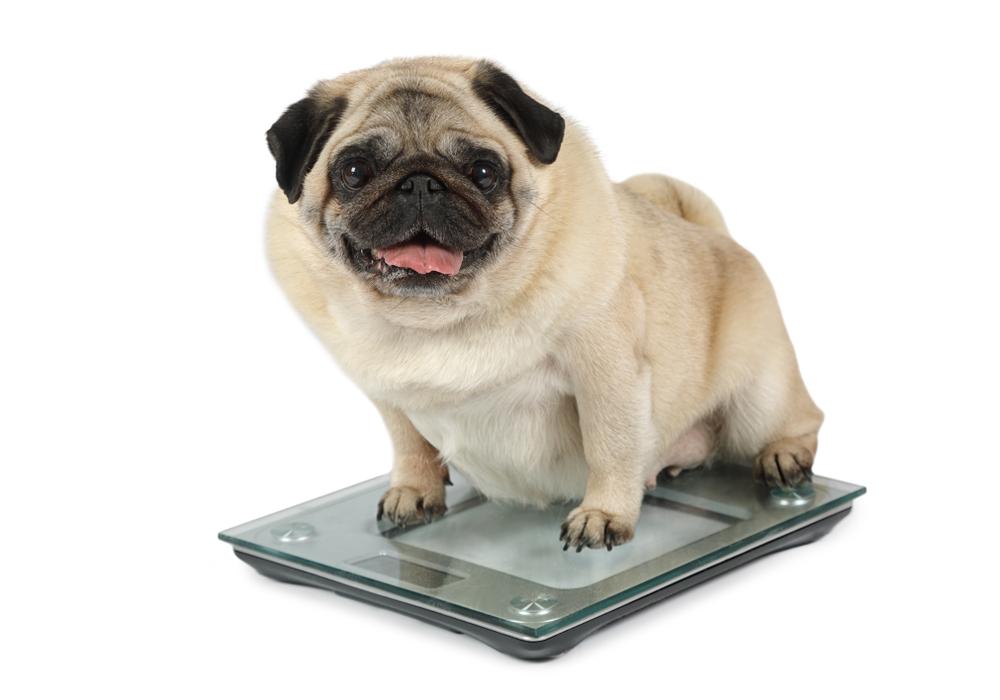
Disease ManagementGeneral HealthGut HealthDigestionDigestive HealthDogs
Obesity in Pets Part 1
Feb 25 2021
•
9 min read

Disease ManagementGeneral HealthGut HealthDigestionDigestive HealthDogs
Dogs in pain – what is it and how to look for it?
Jan 28 2021
•
8 min read
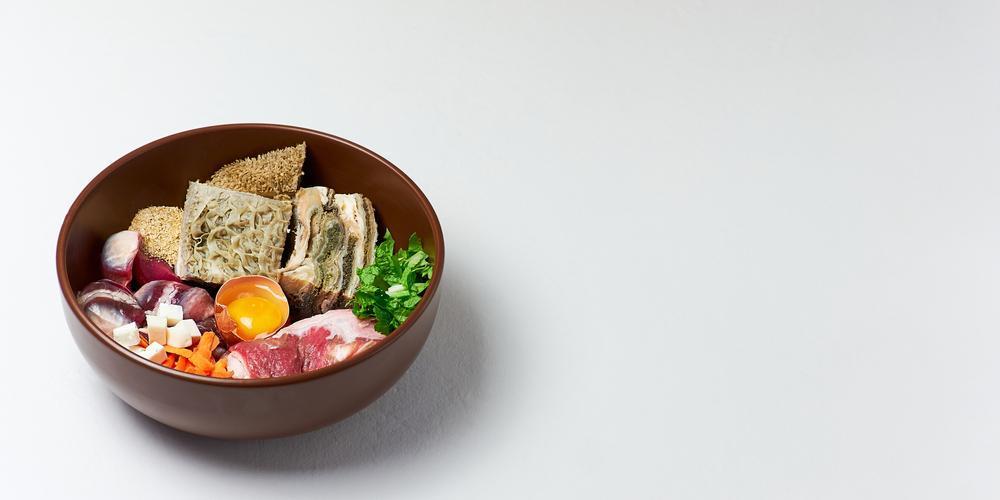
Disease ManagementGeneral HealthGut HealthDigestionDigestive HealthDogs
Fresh Food to Add to Your Dog’s Bowl
Jan 26 2021
•
6 min read
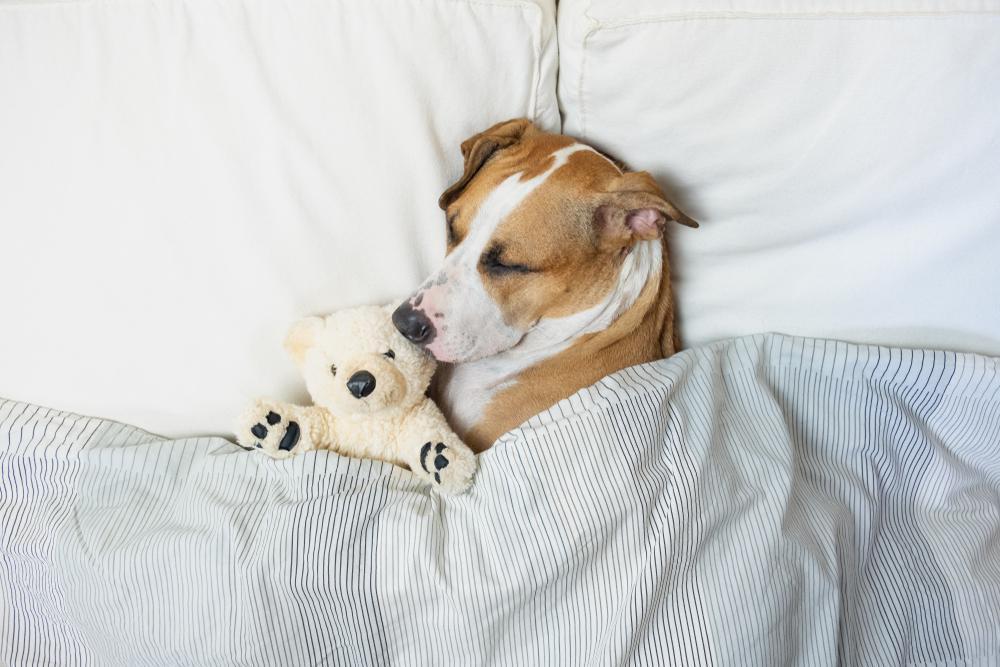
Disease ManagementGeneral HealthGut HealthDigestionDigestive HealthDogs
How Much Sleep Should My Dog Get?
Dec 15 2020
•
12 min read
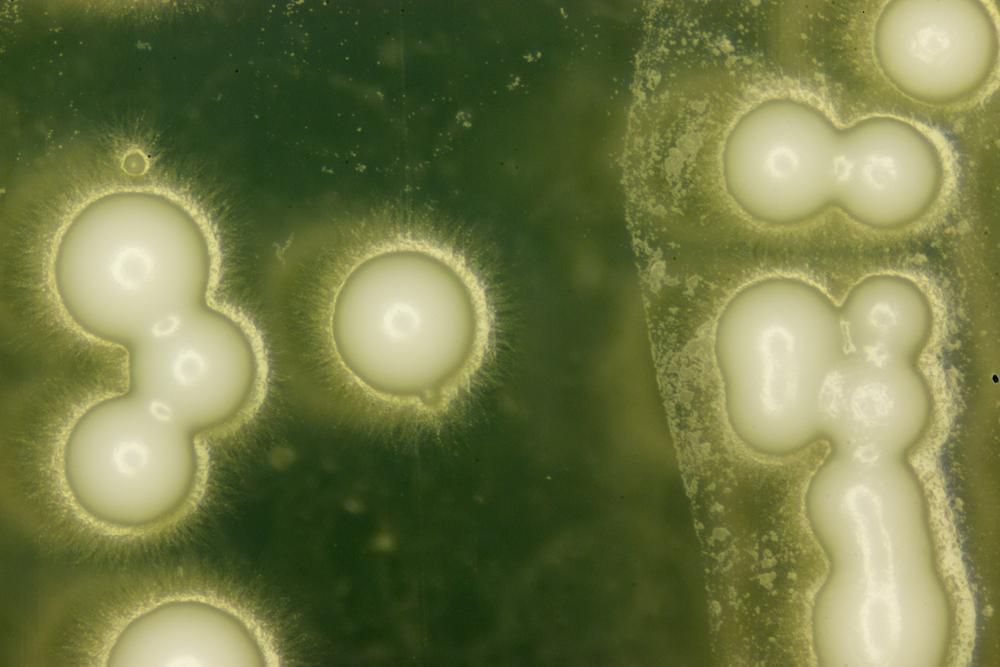
Disease ManagementGeneral HealthGut HealthDigestionDigestive HealthDogs
Is Your Dog A Yeasty Beast?
Dec 09 2020
•
8 min read

Disease ManagementGeneral HealthGut HealthDigestionDigestive HealthDogs
Mood Food for Dogs
Nov 24 2020
•
6 min read
✕






